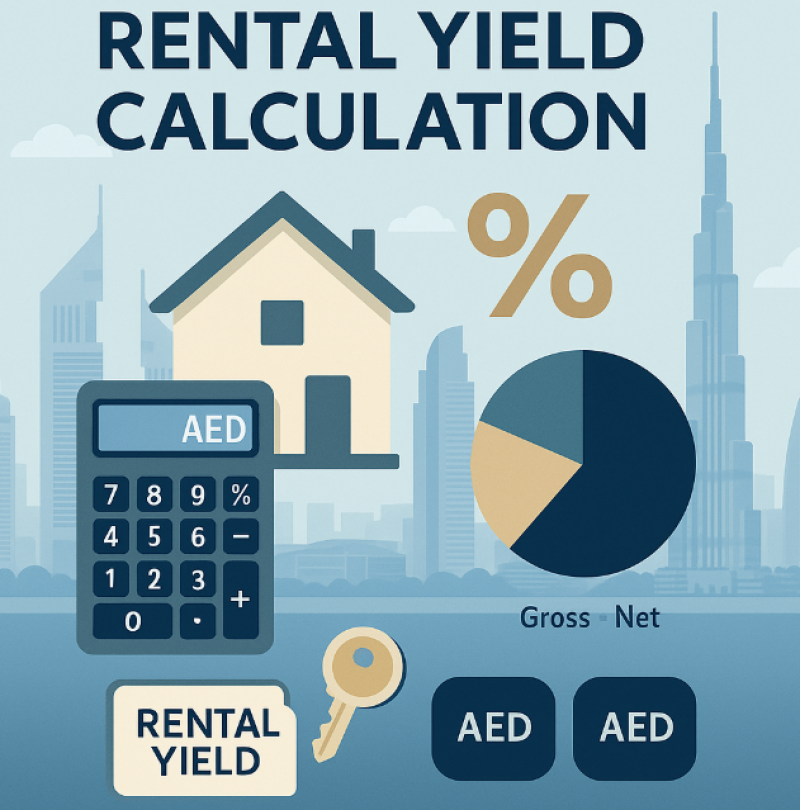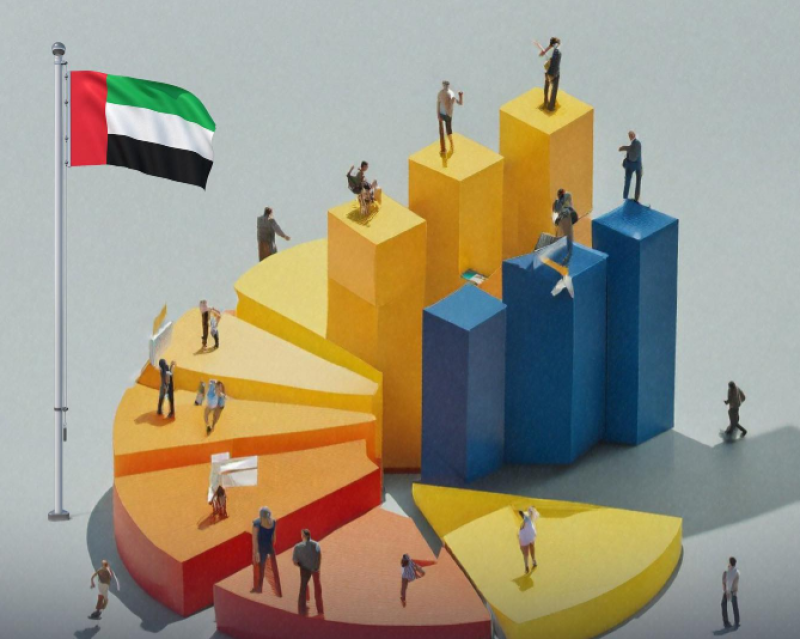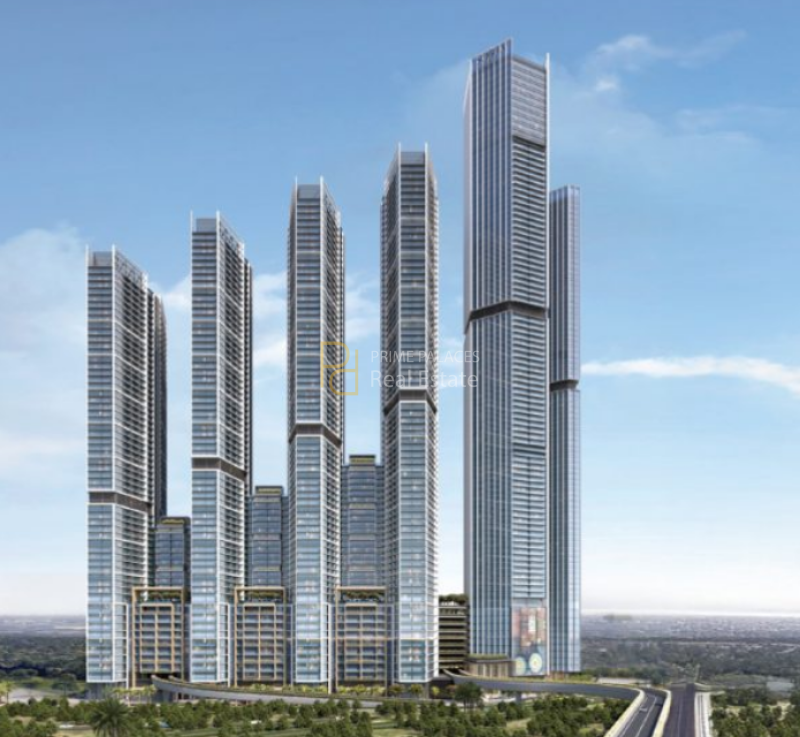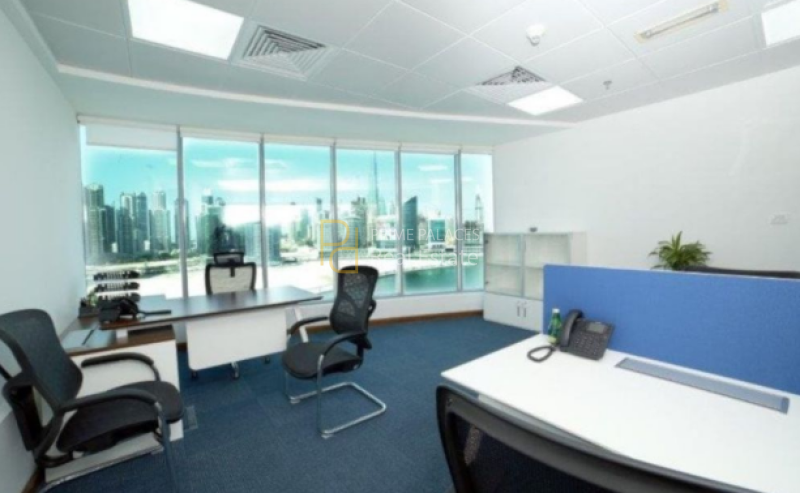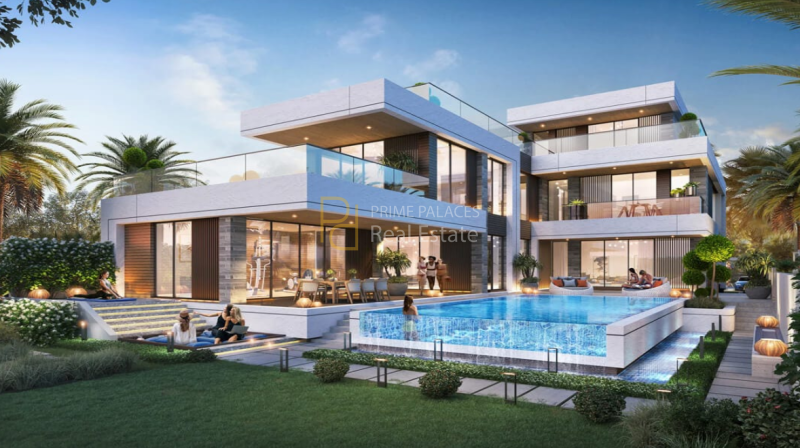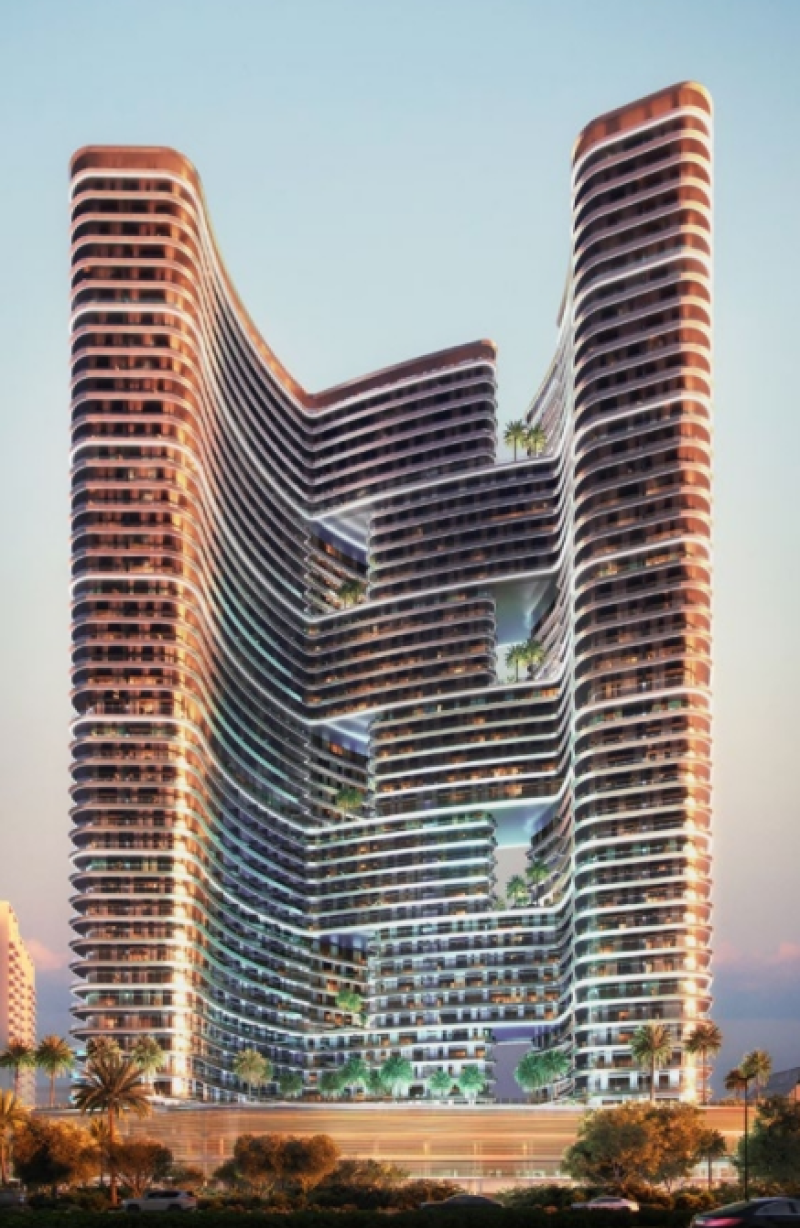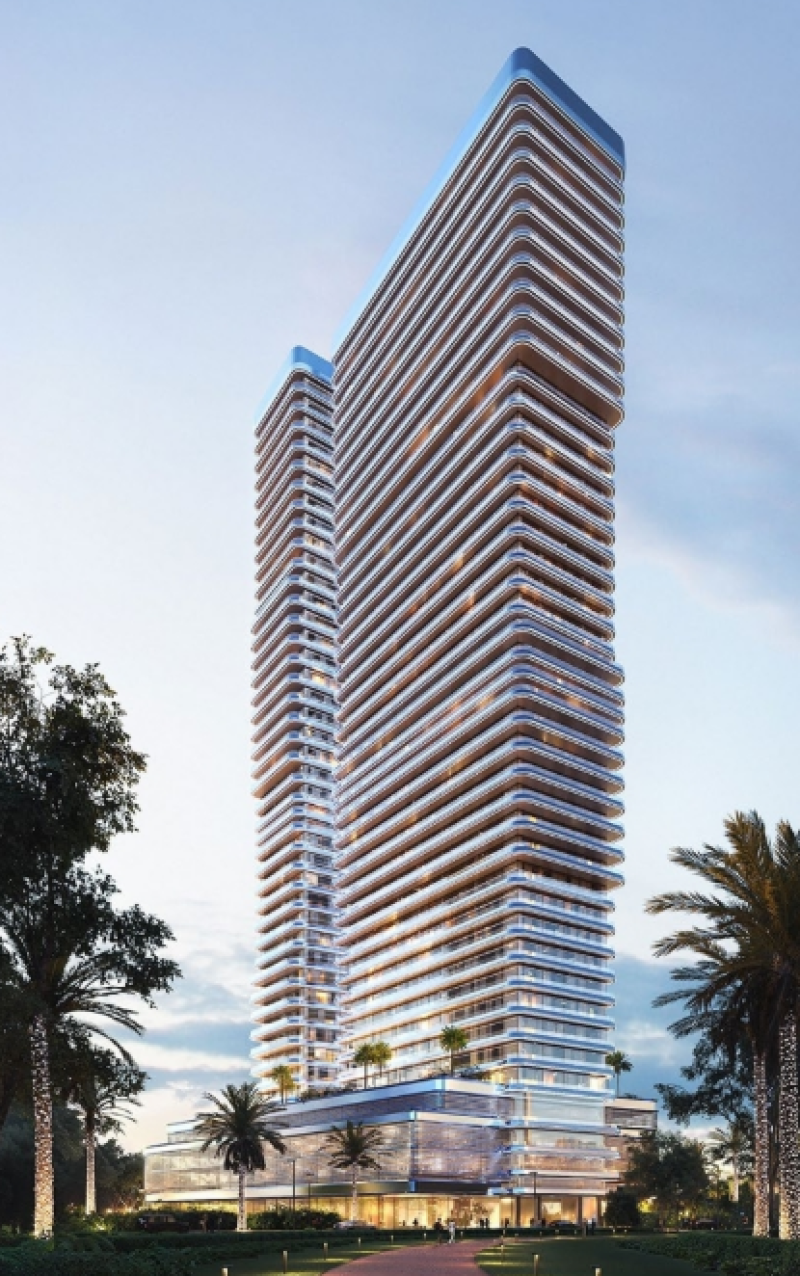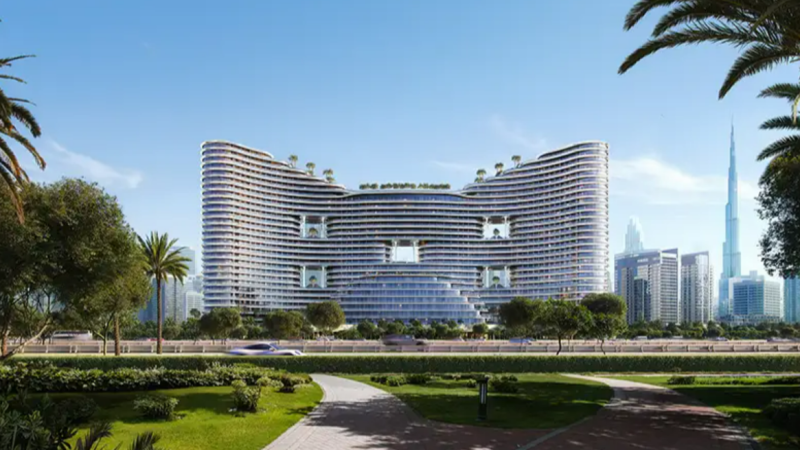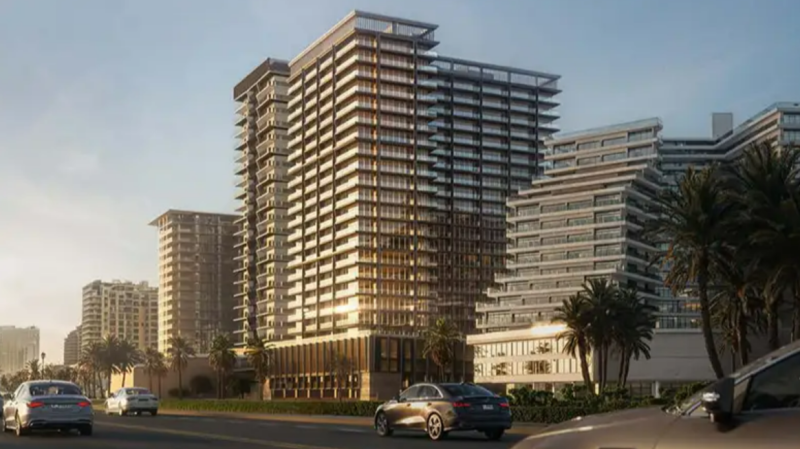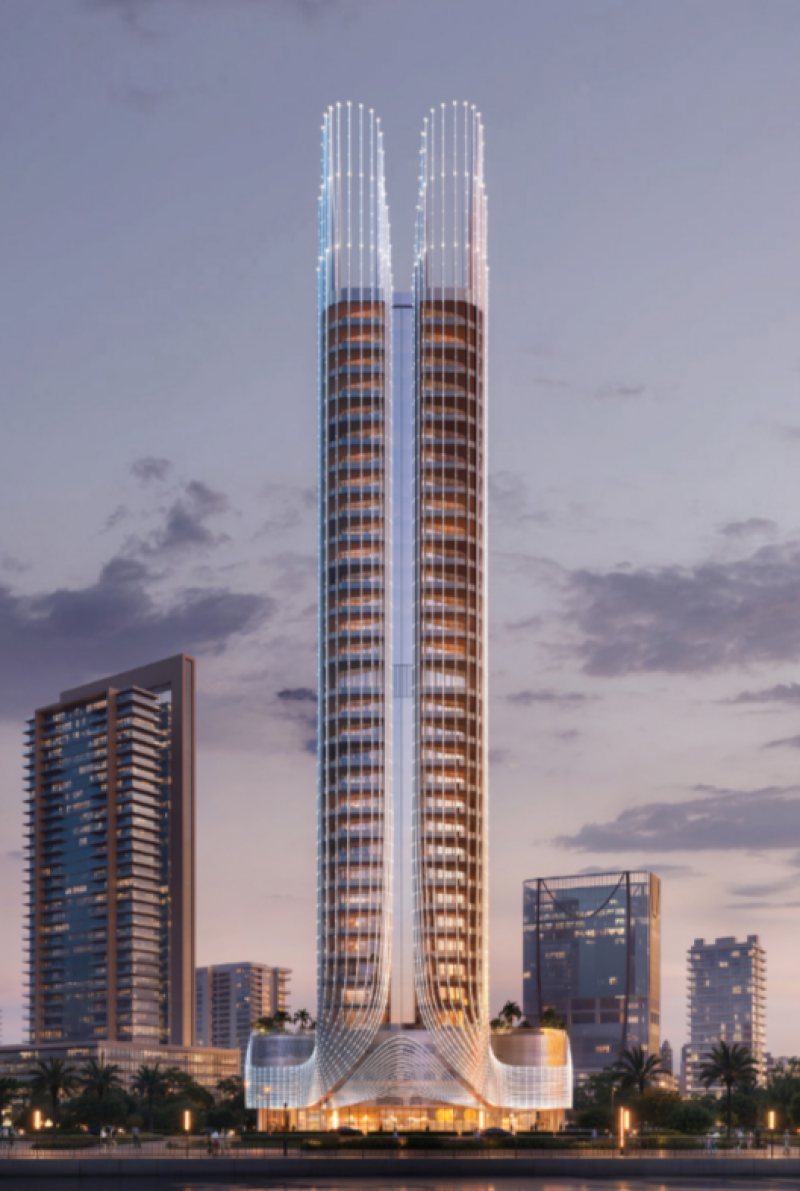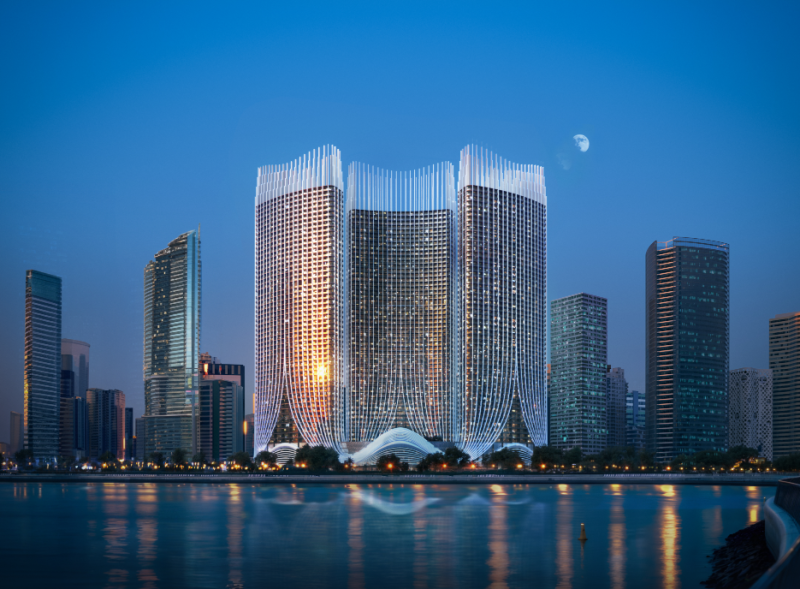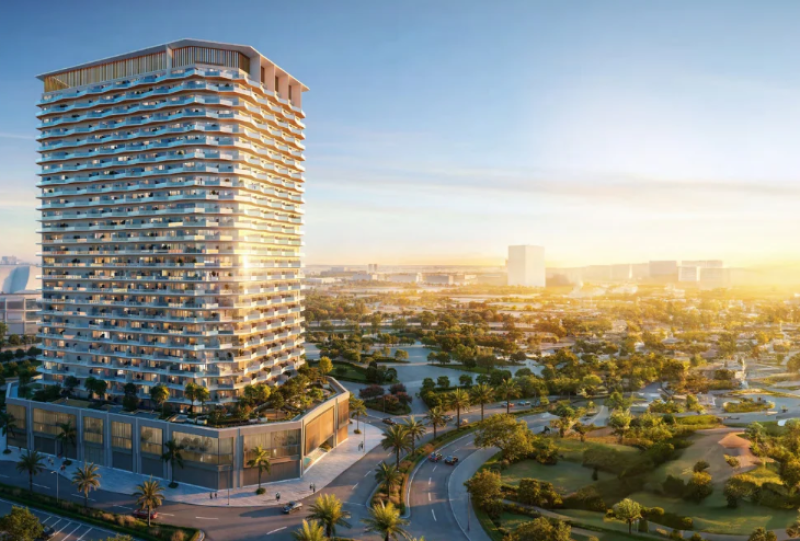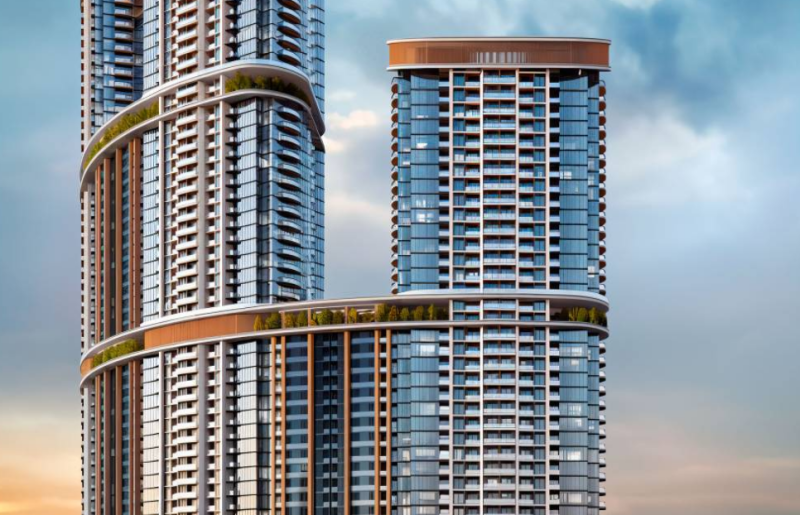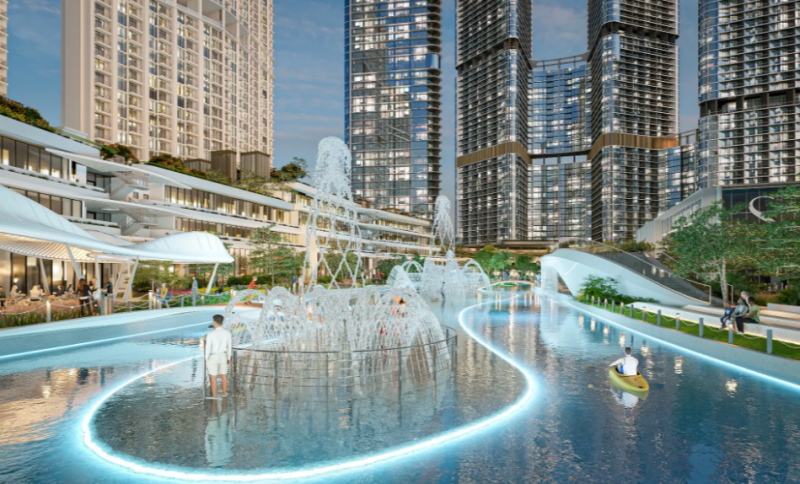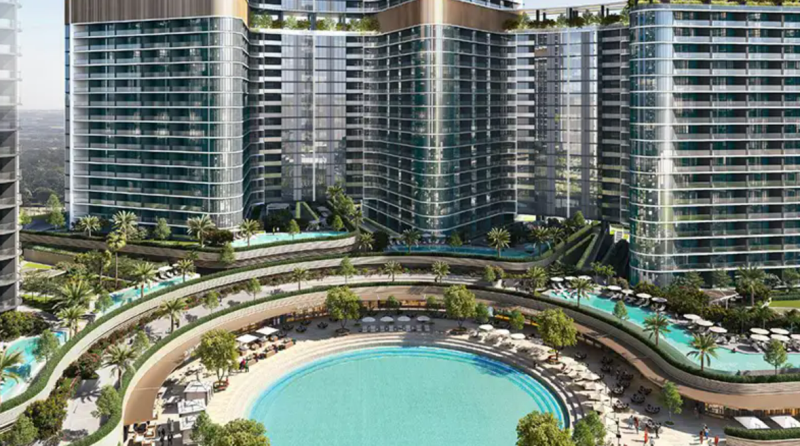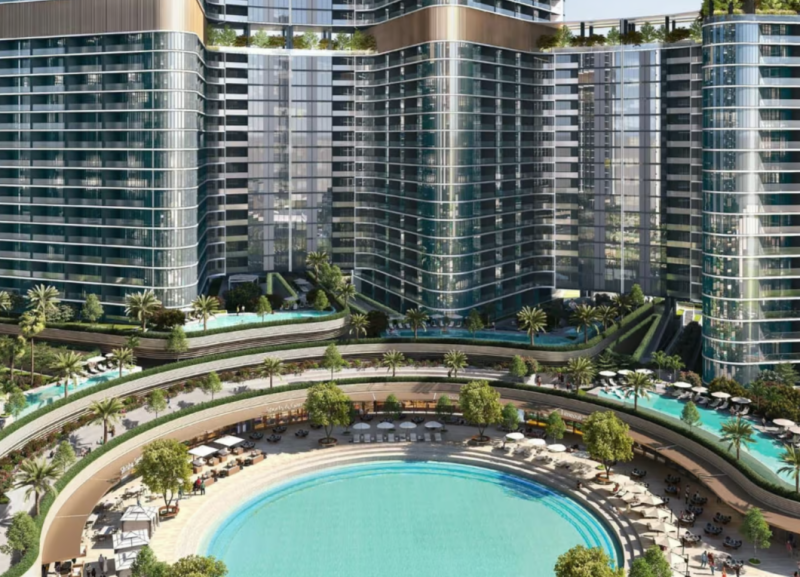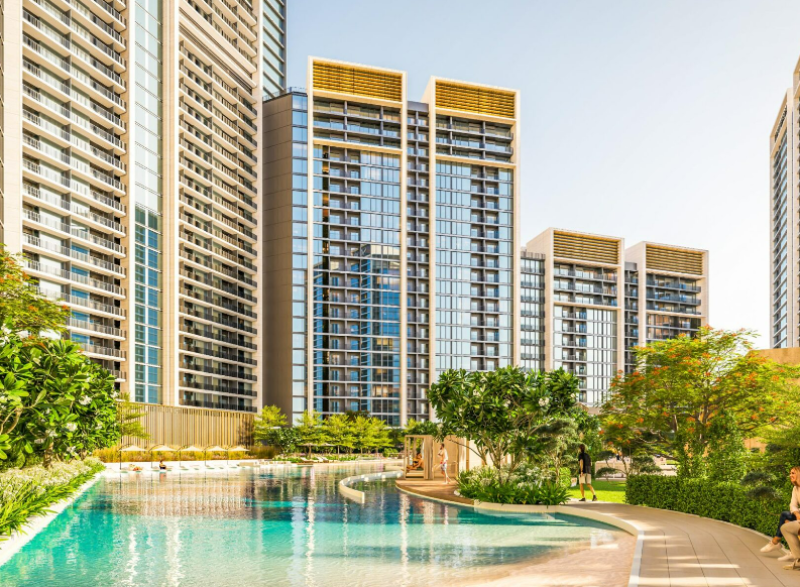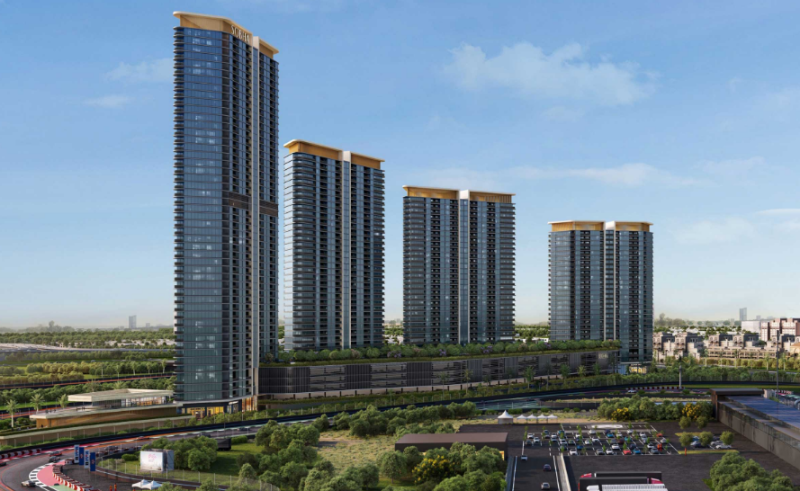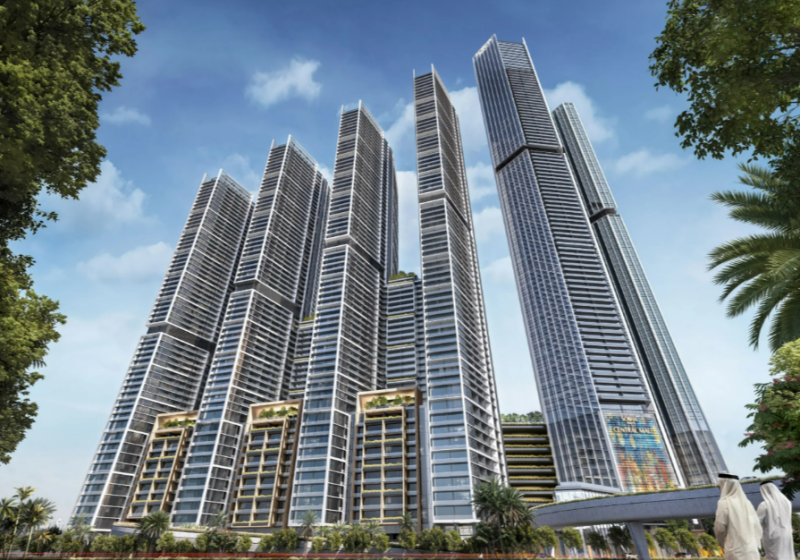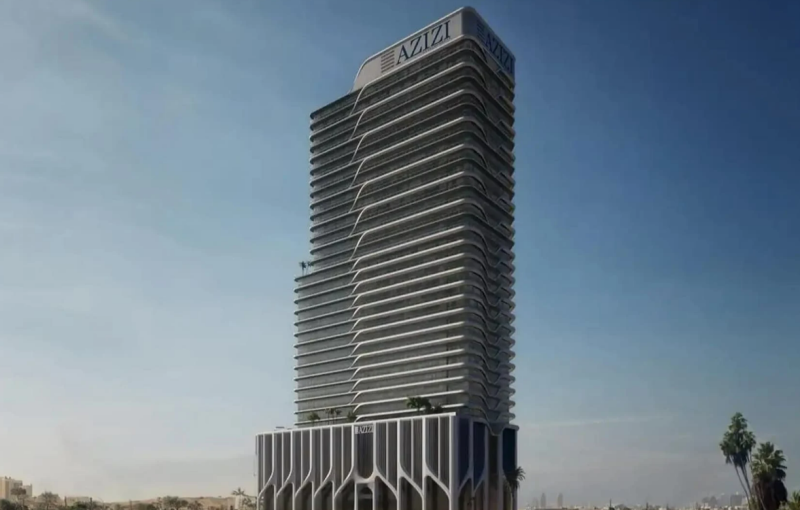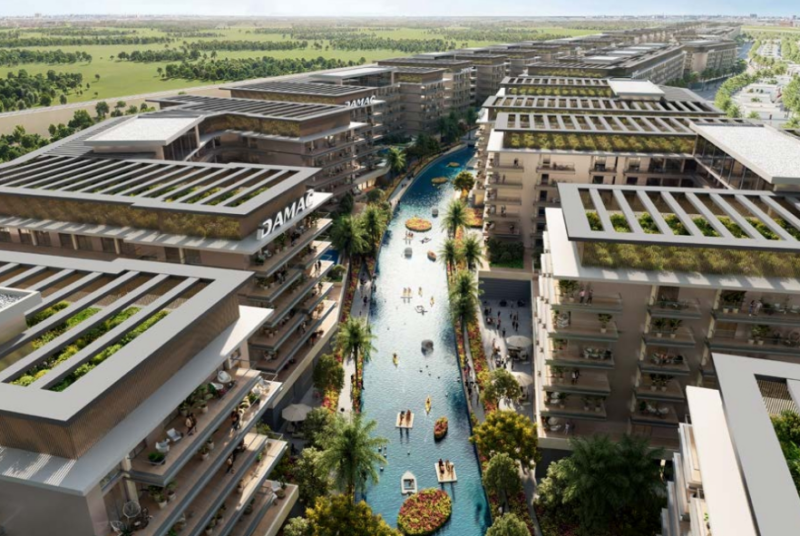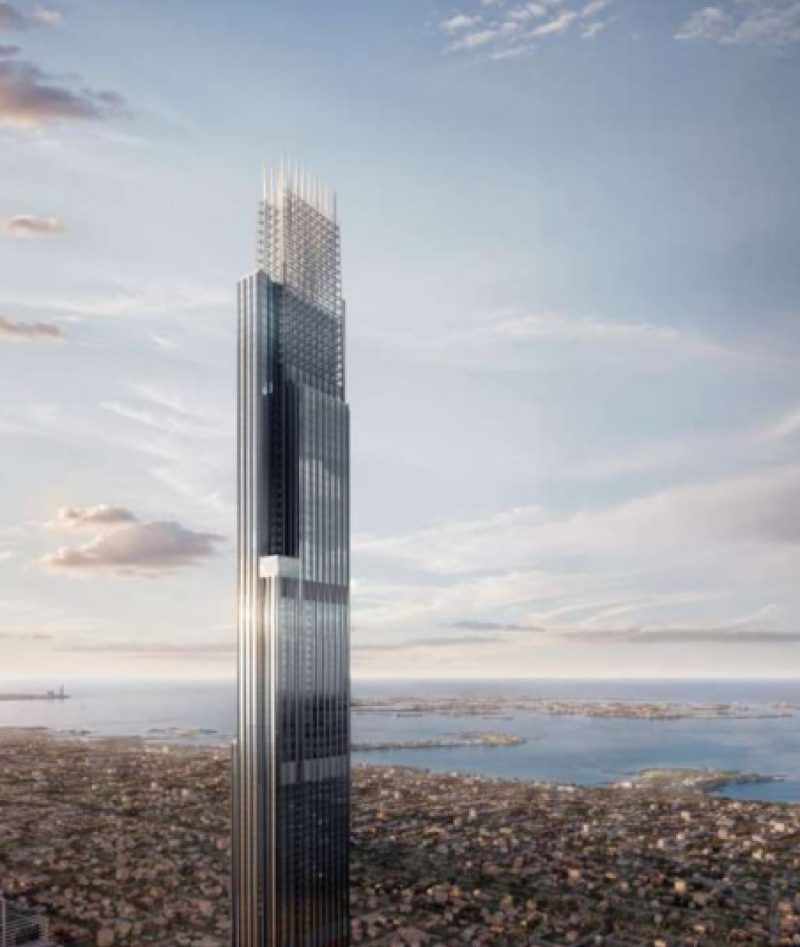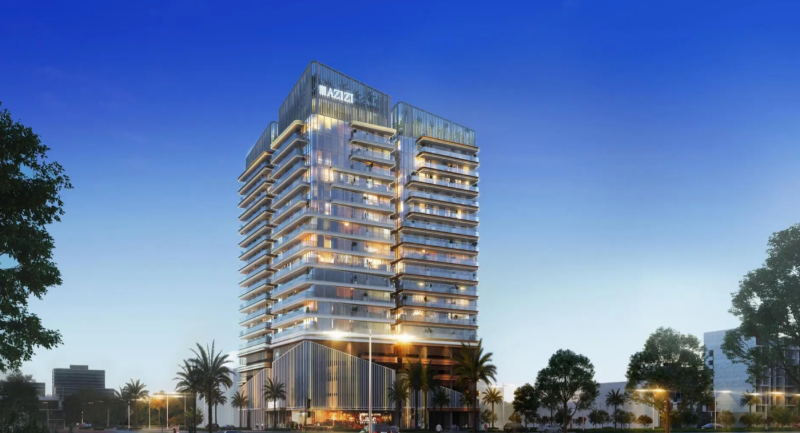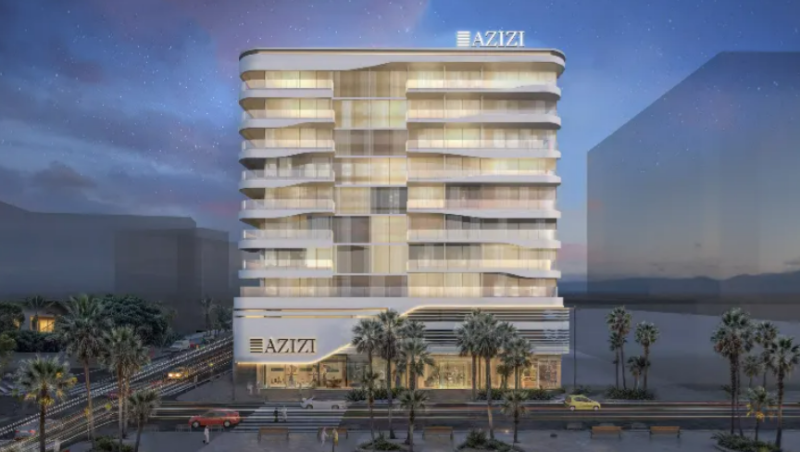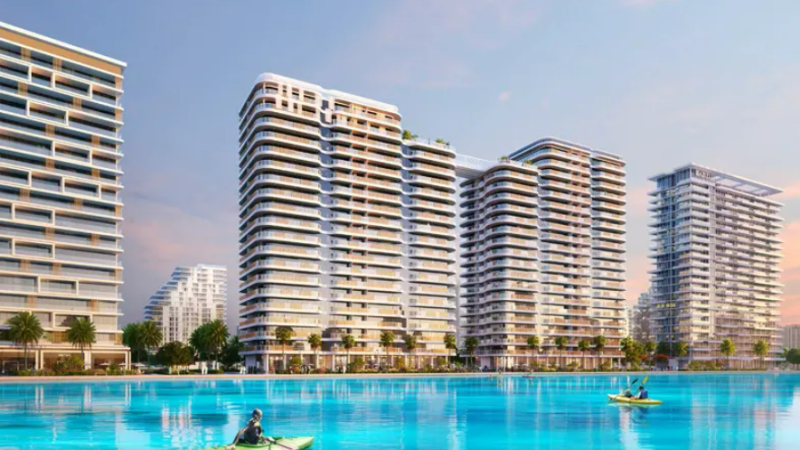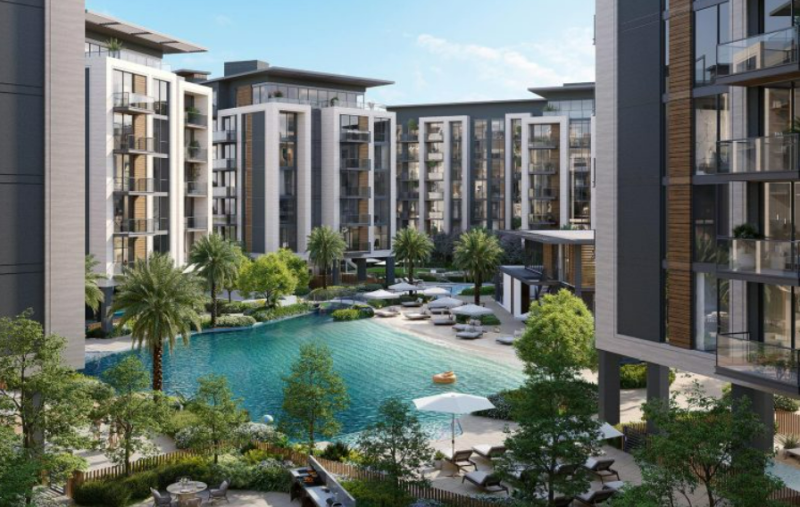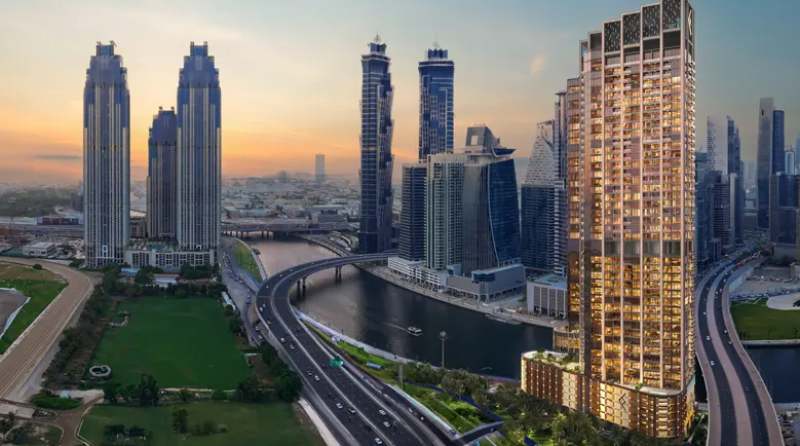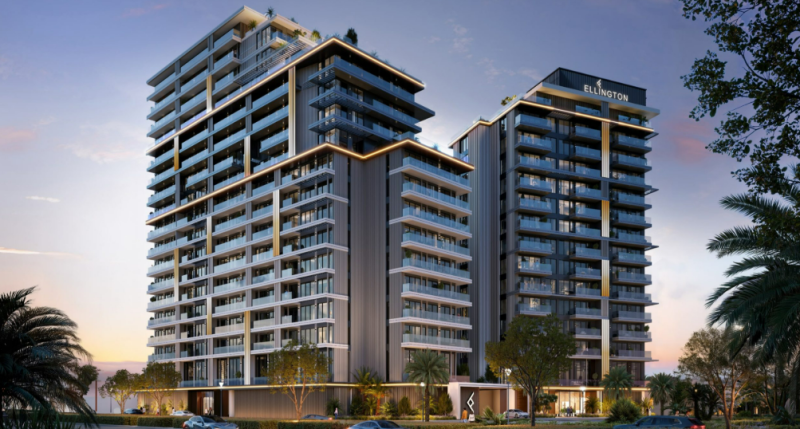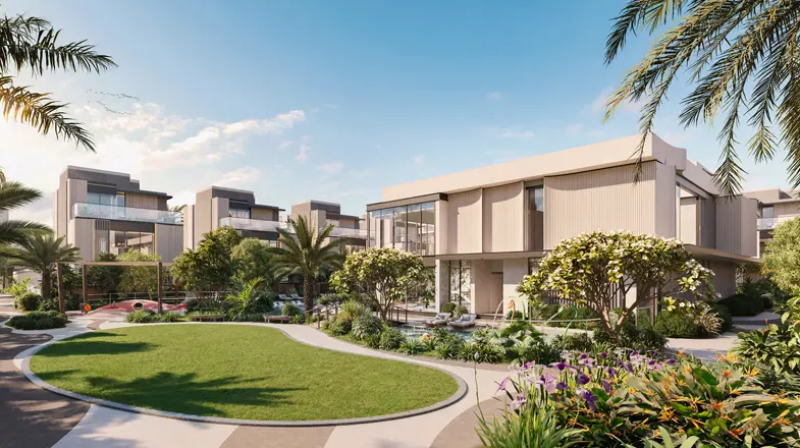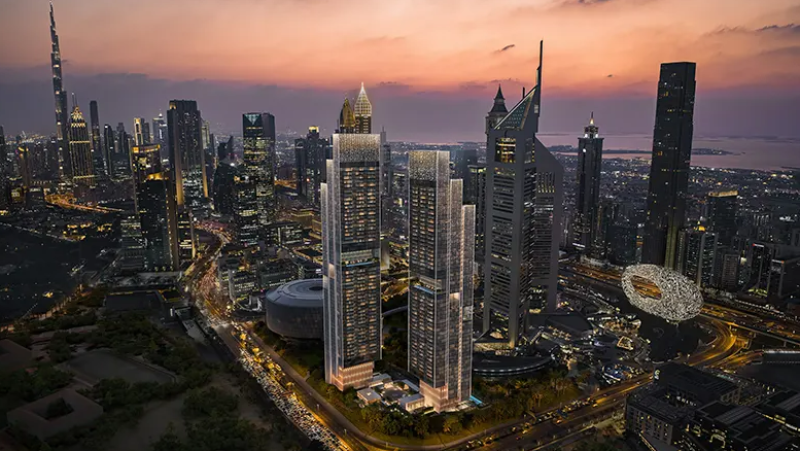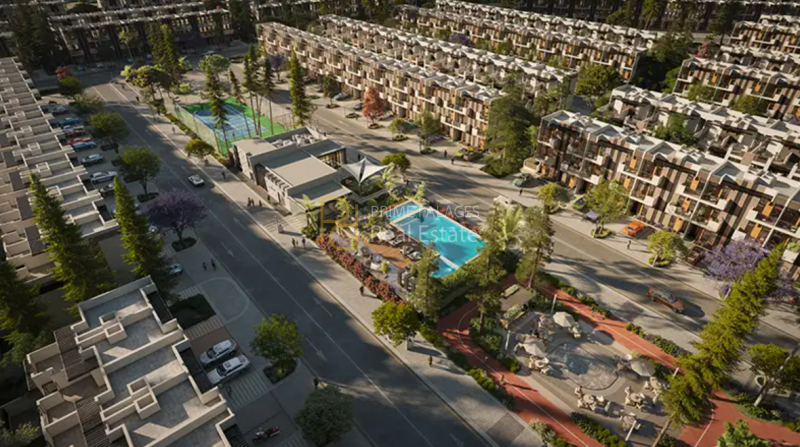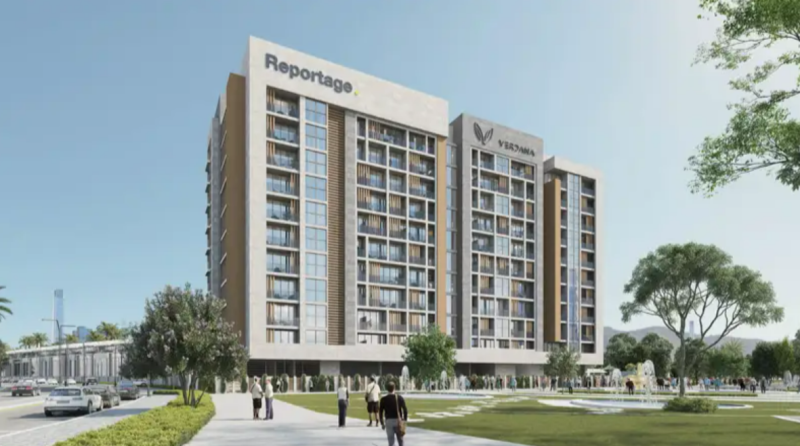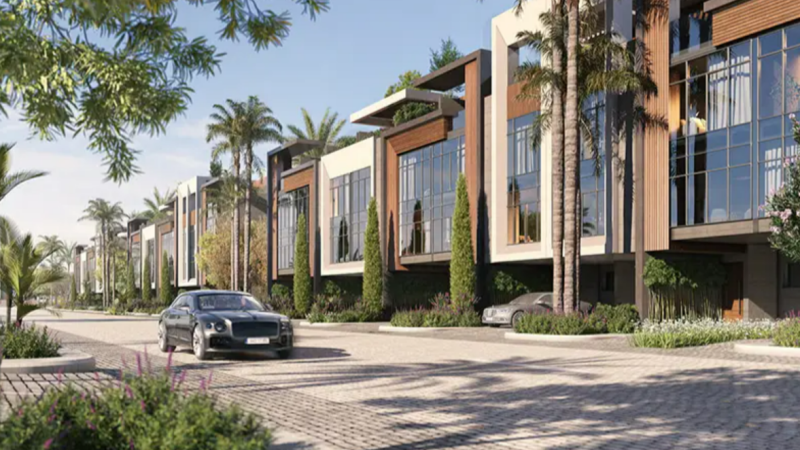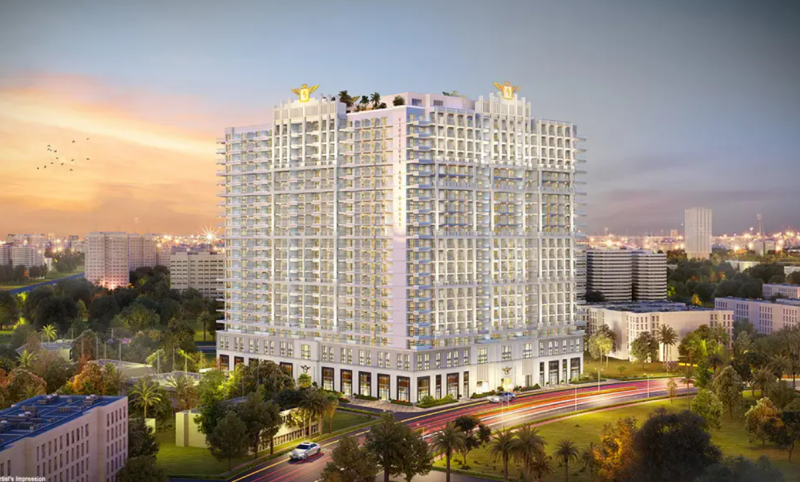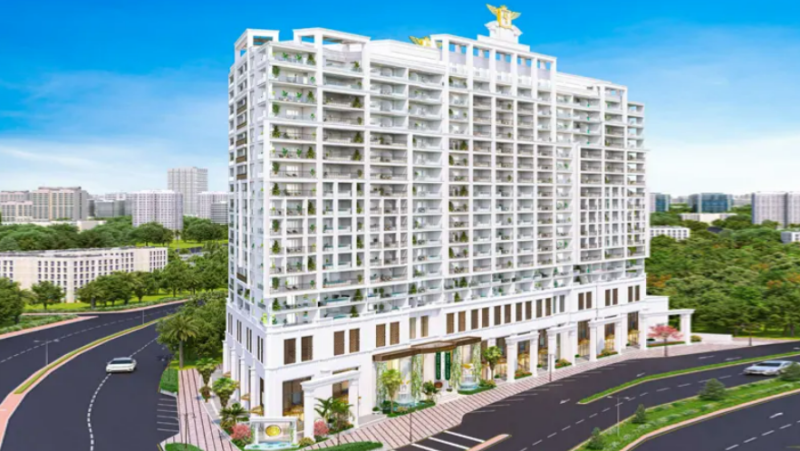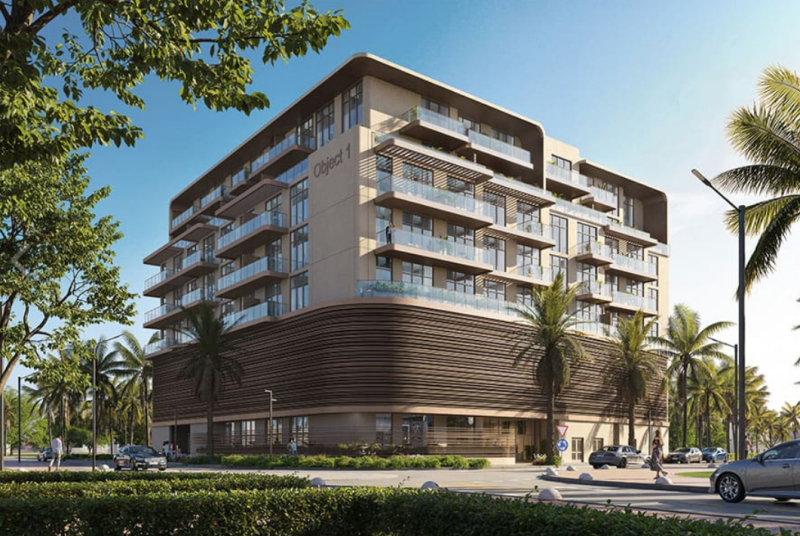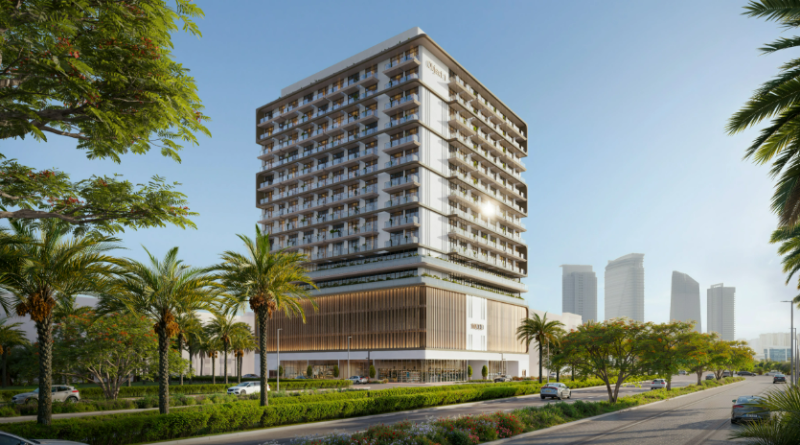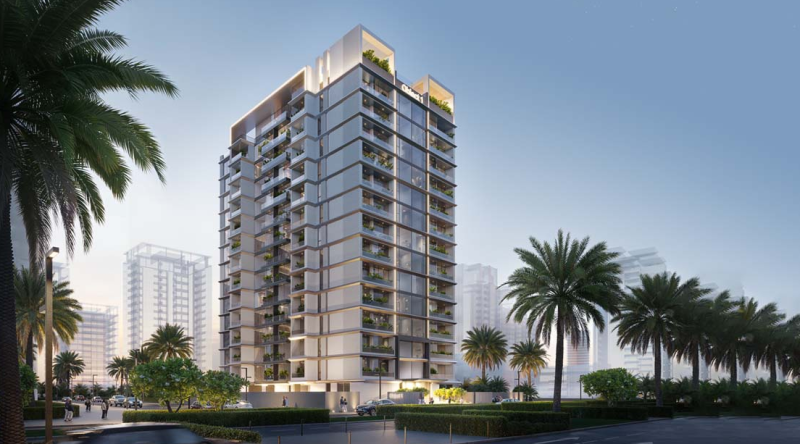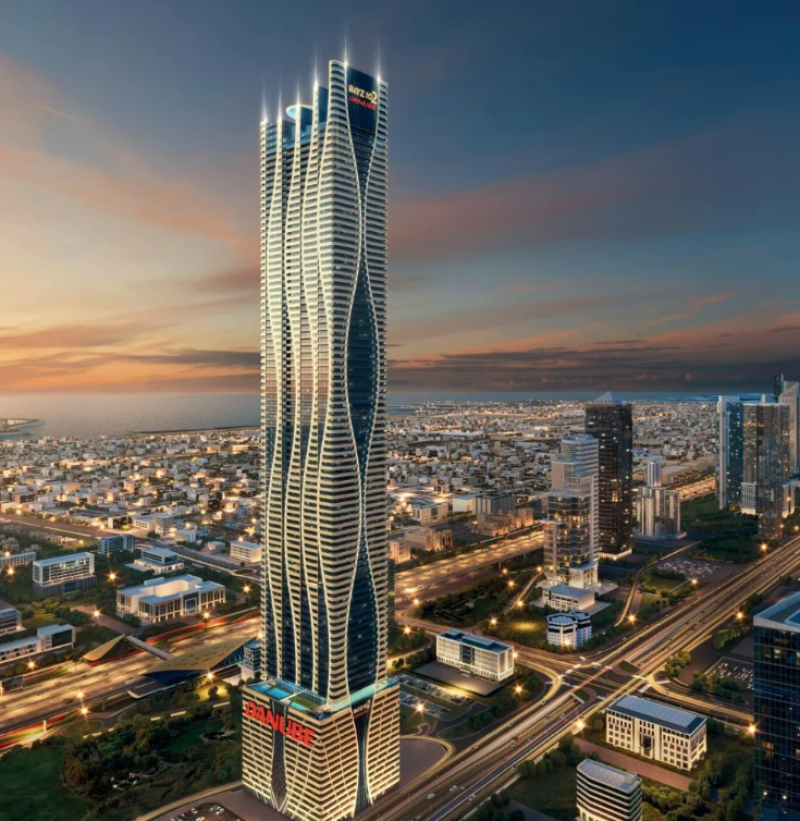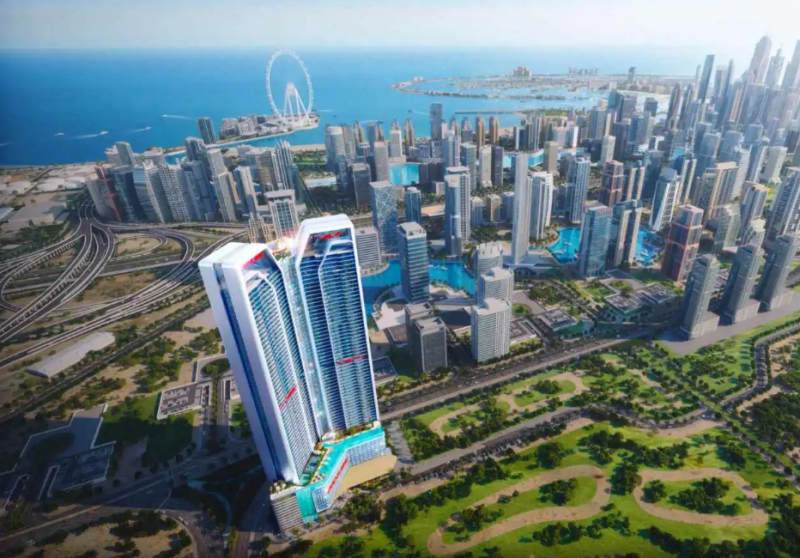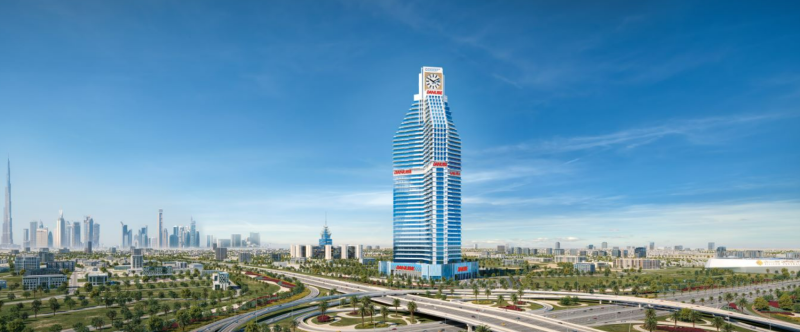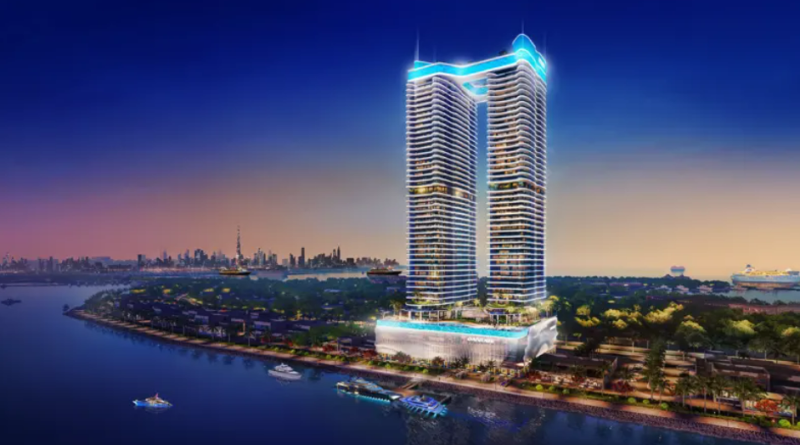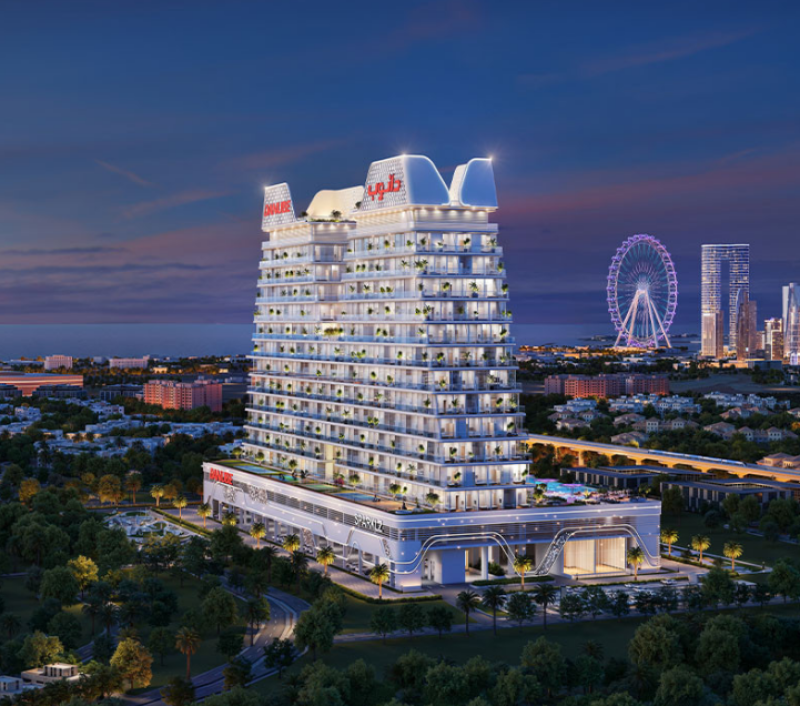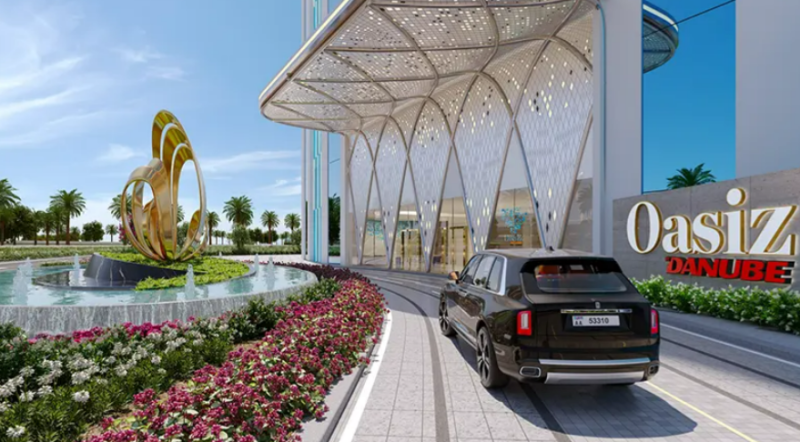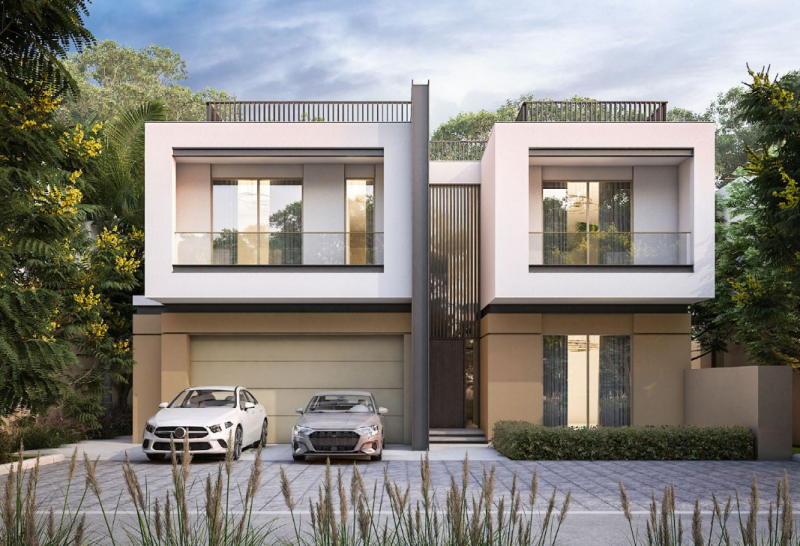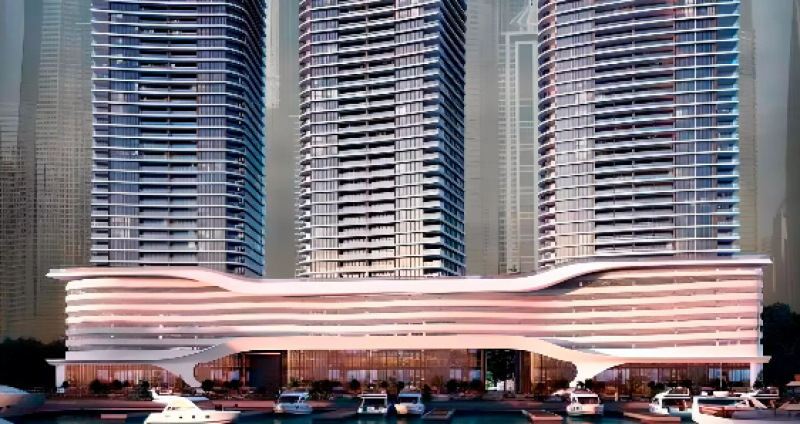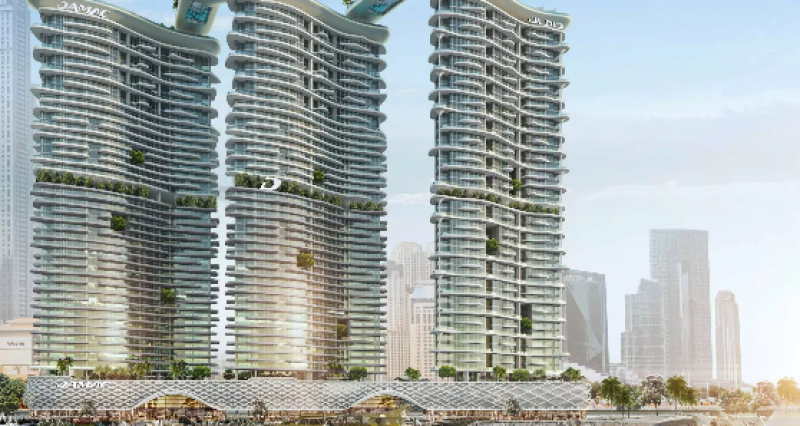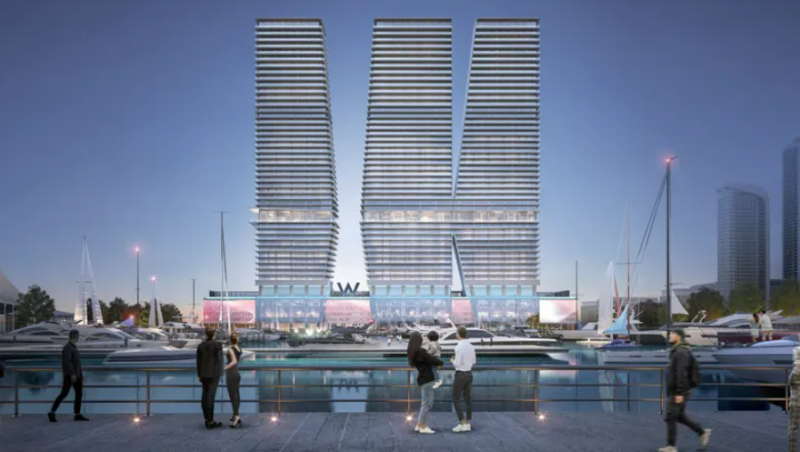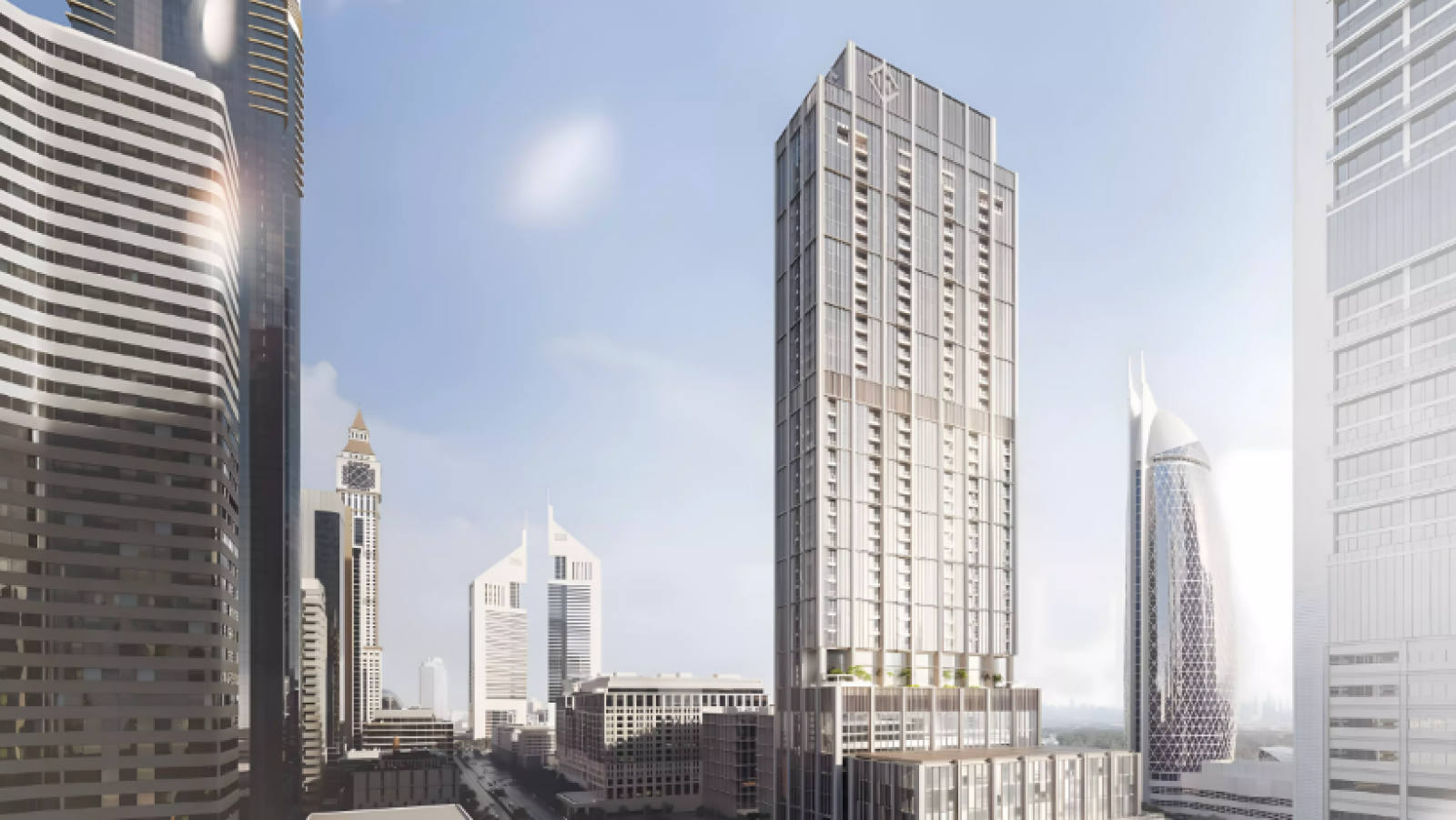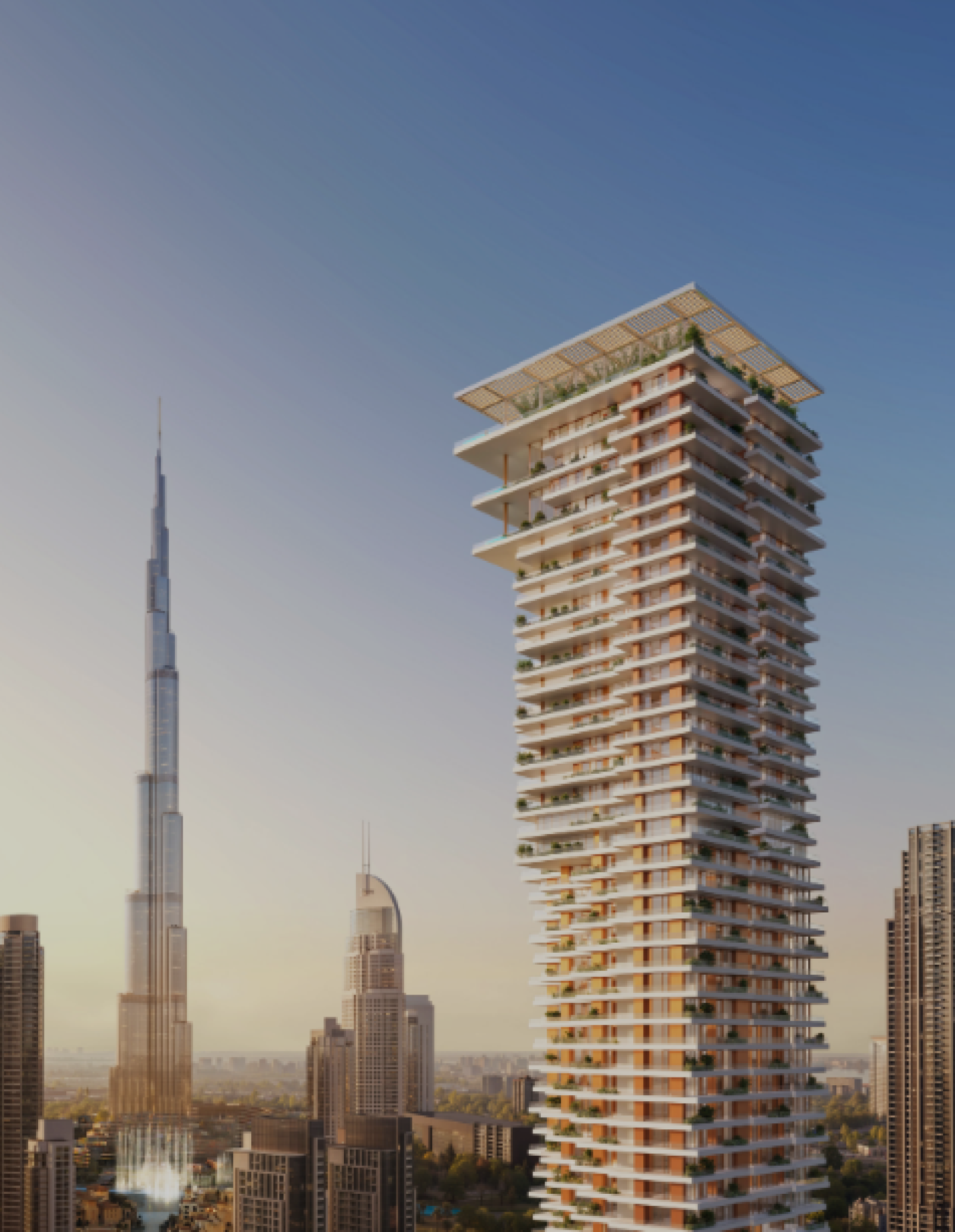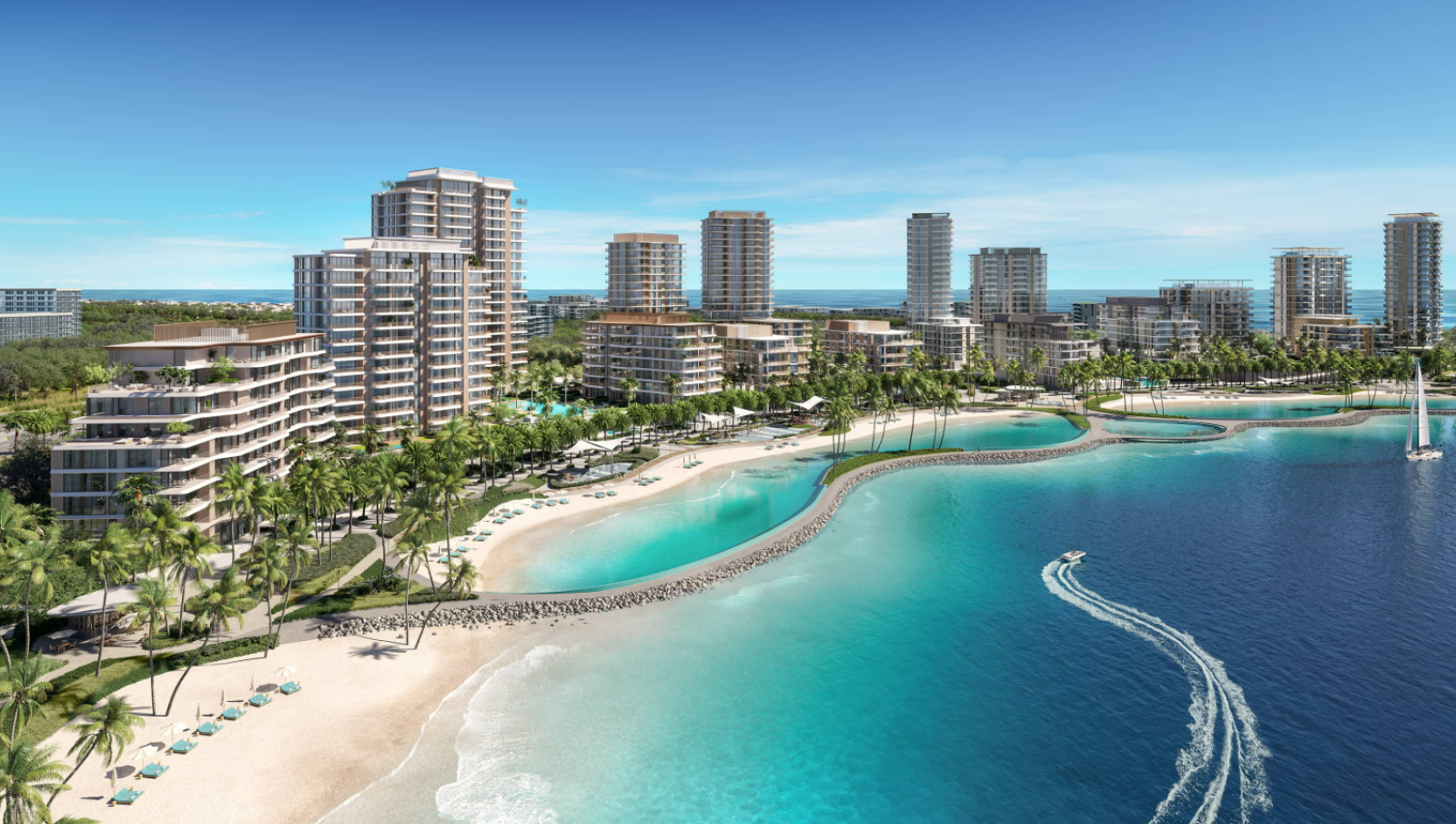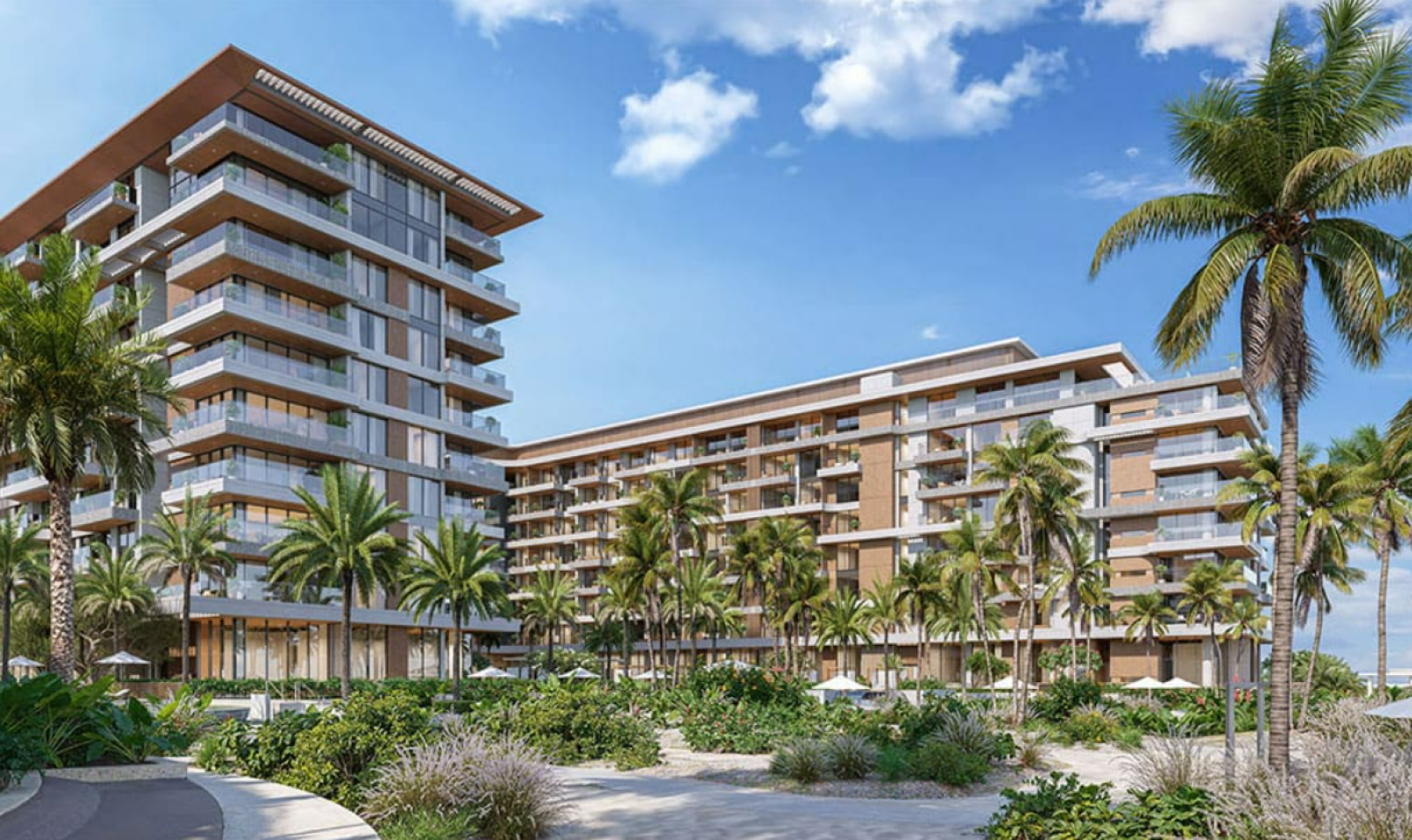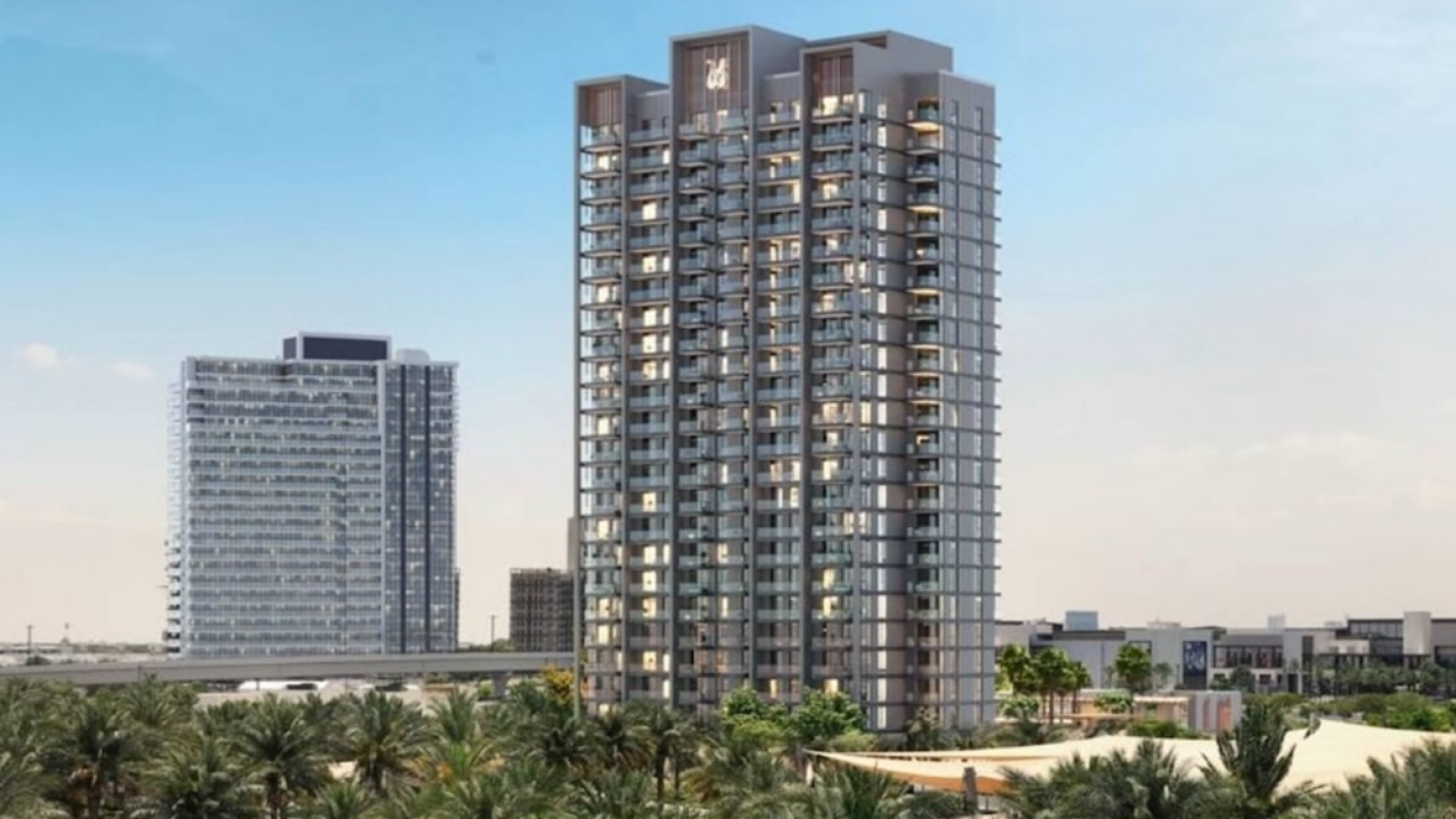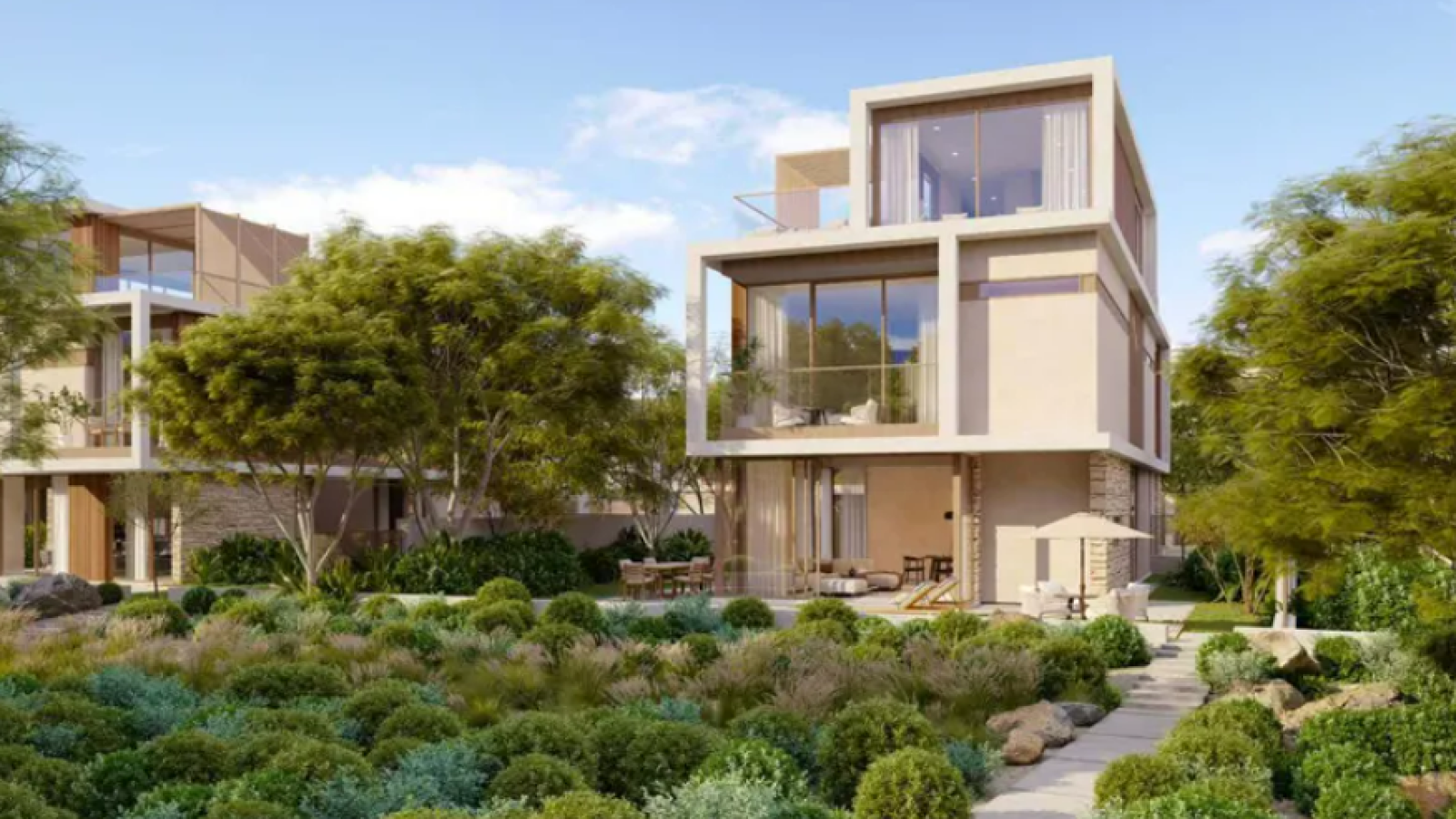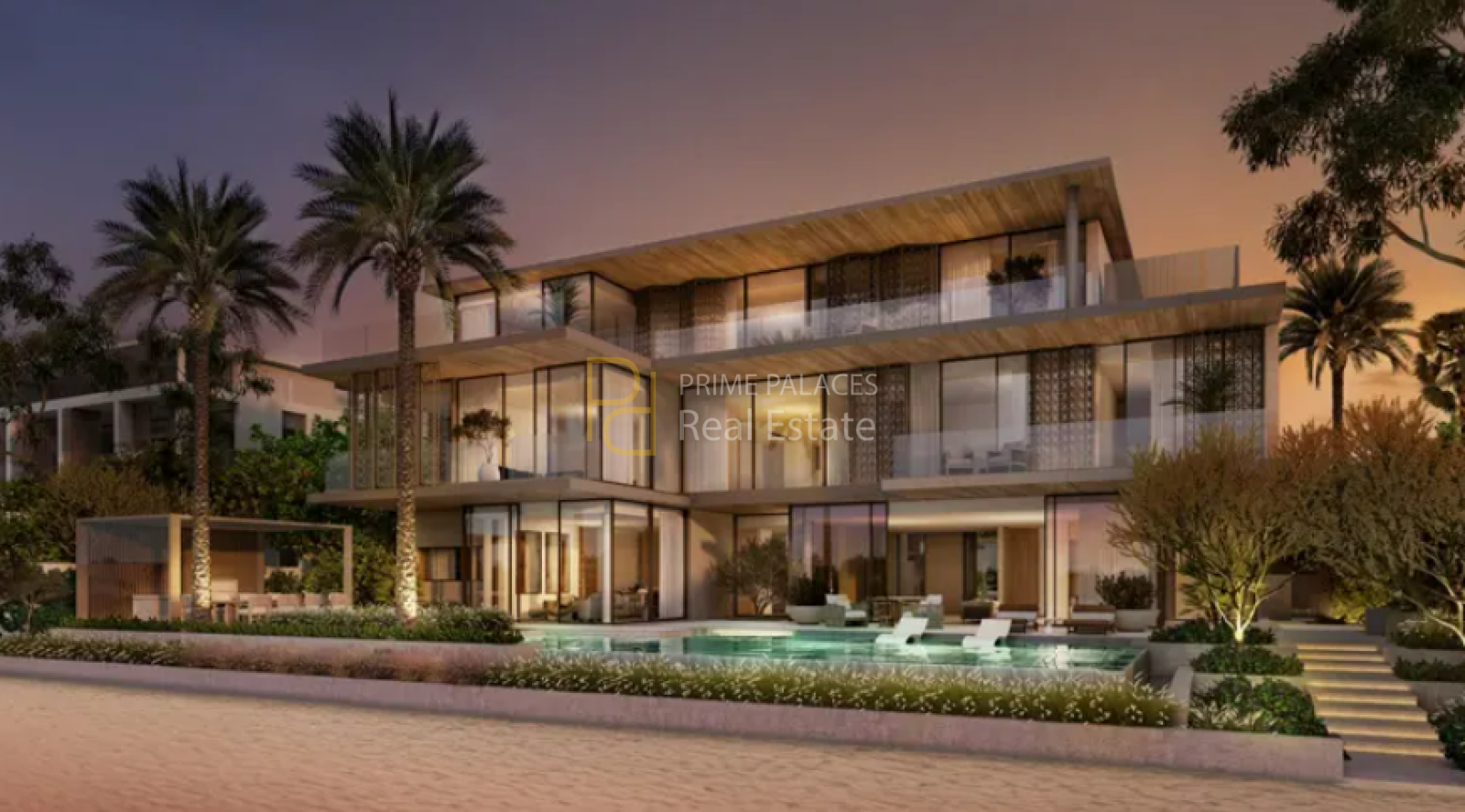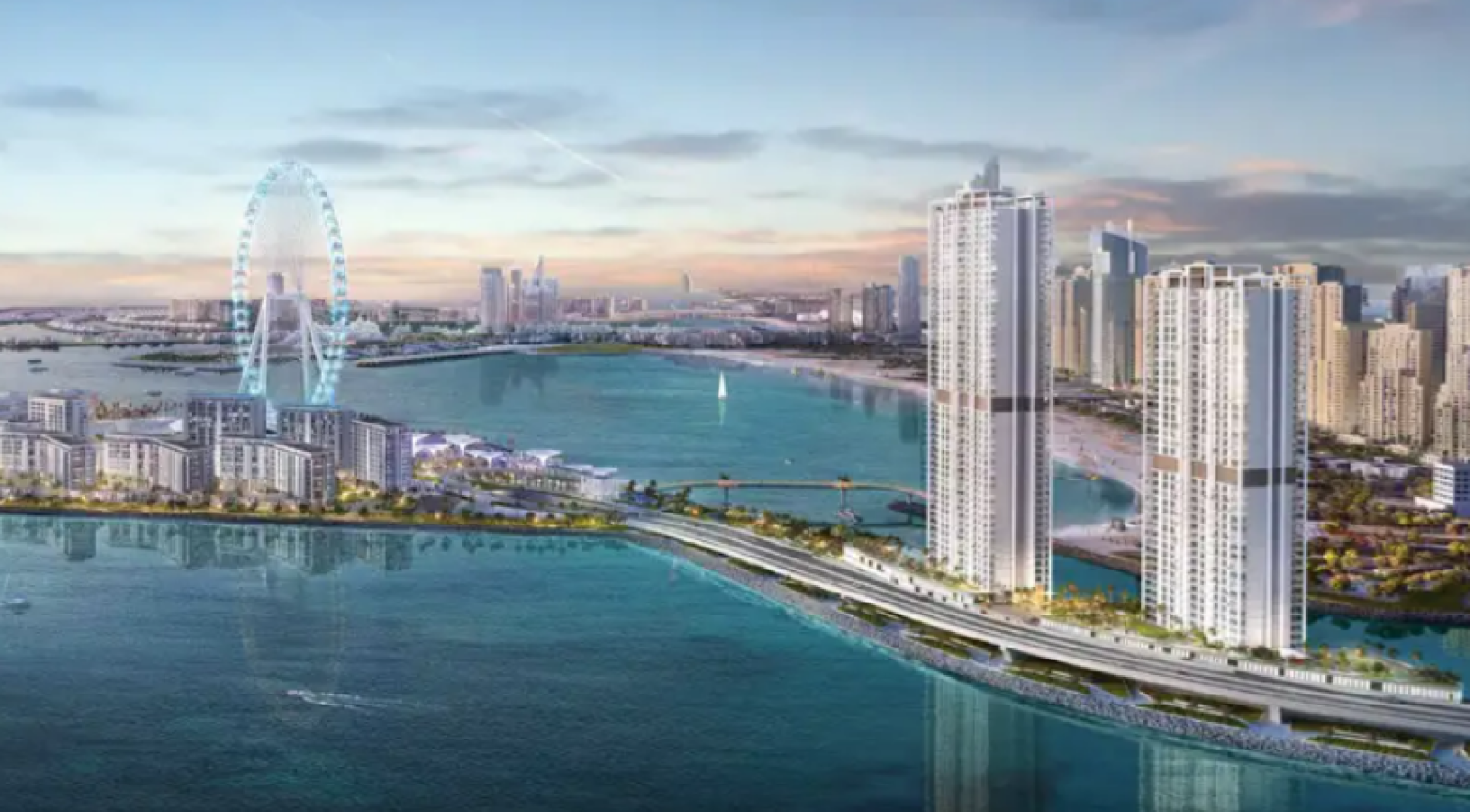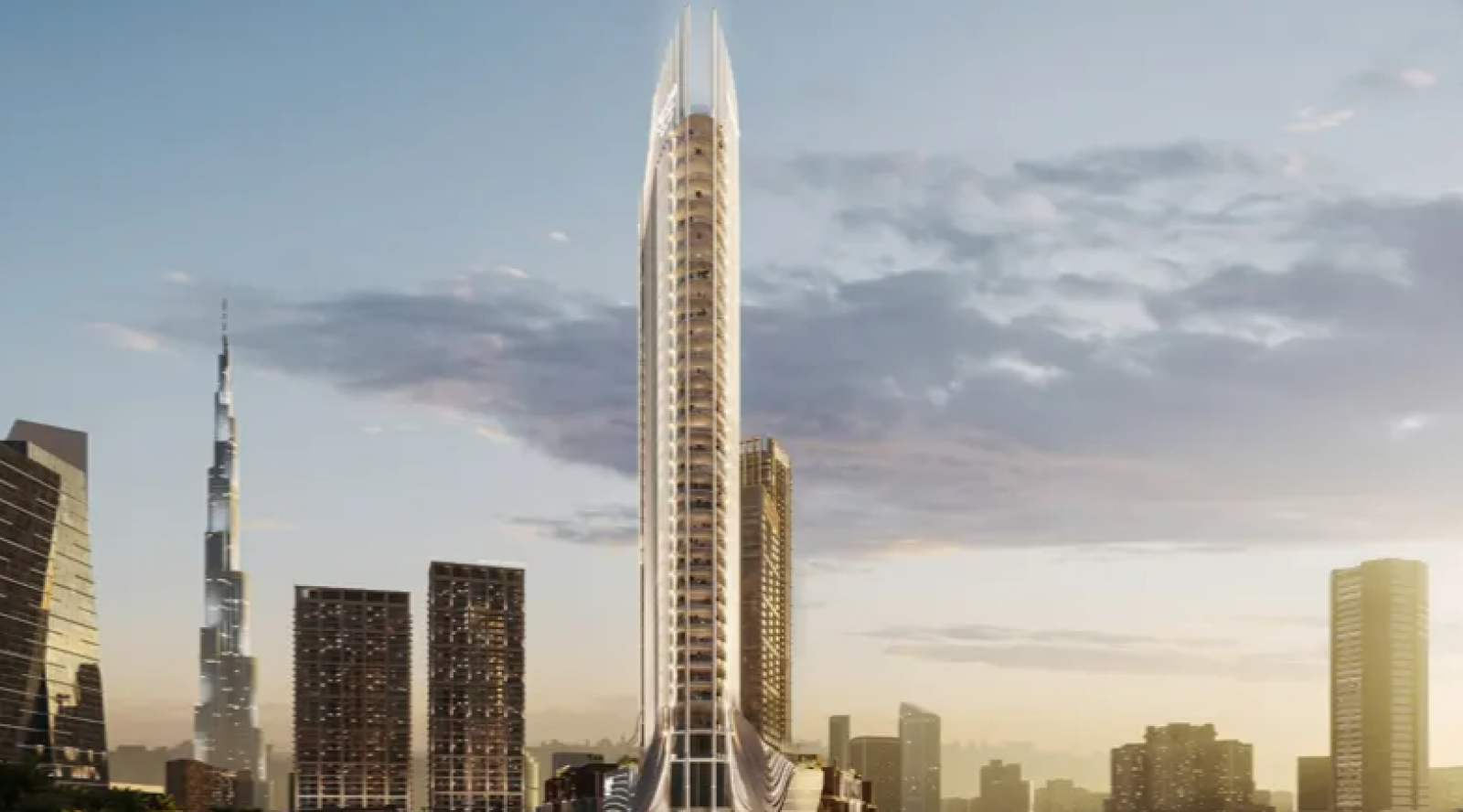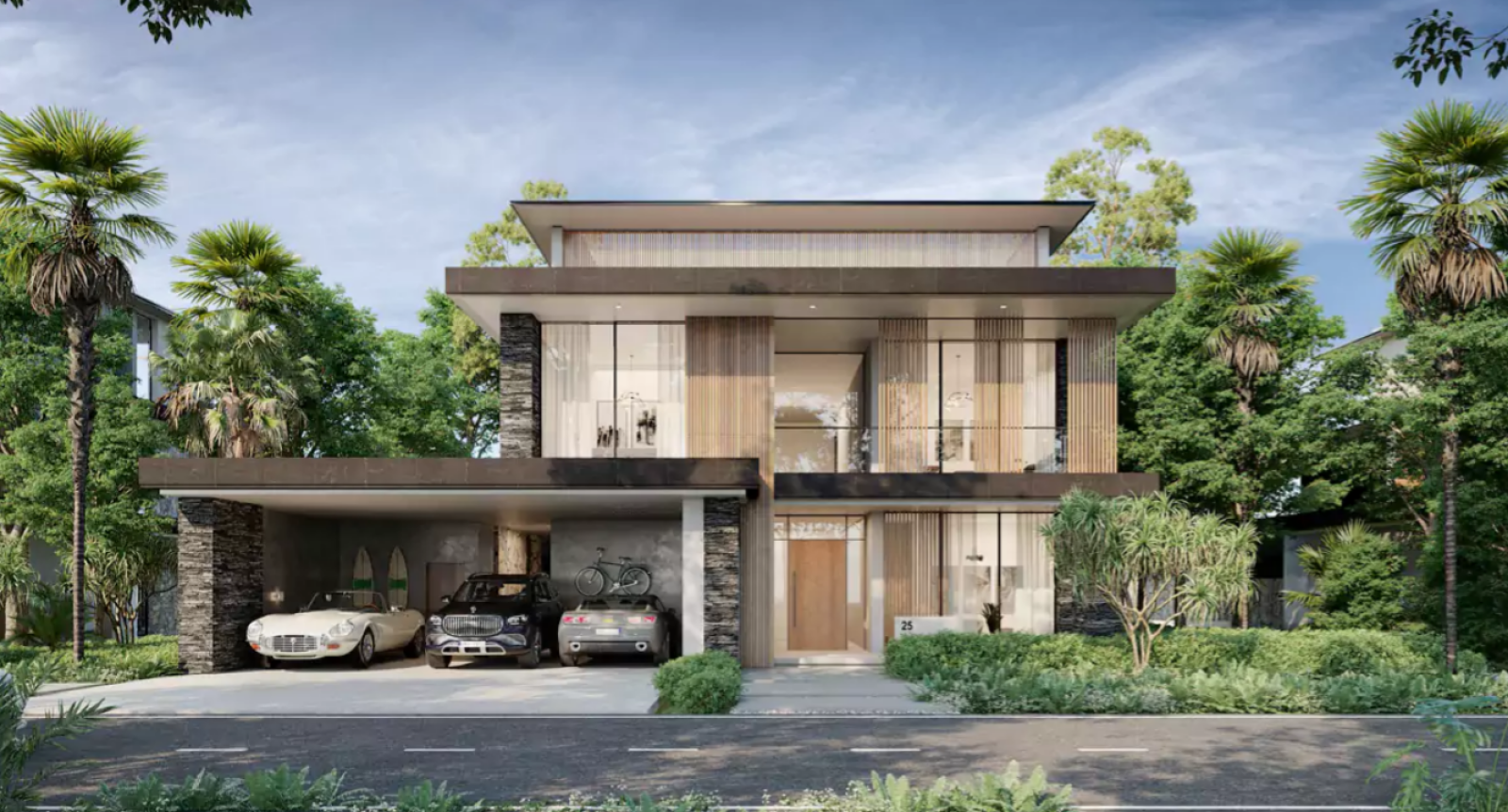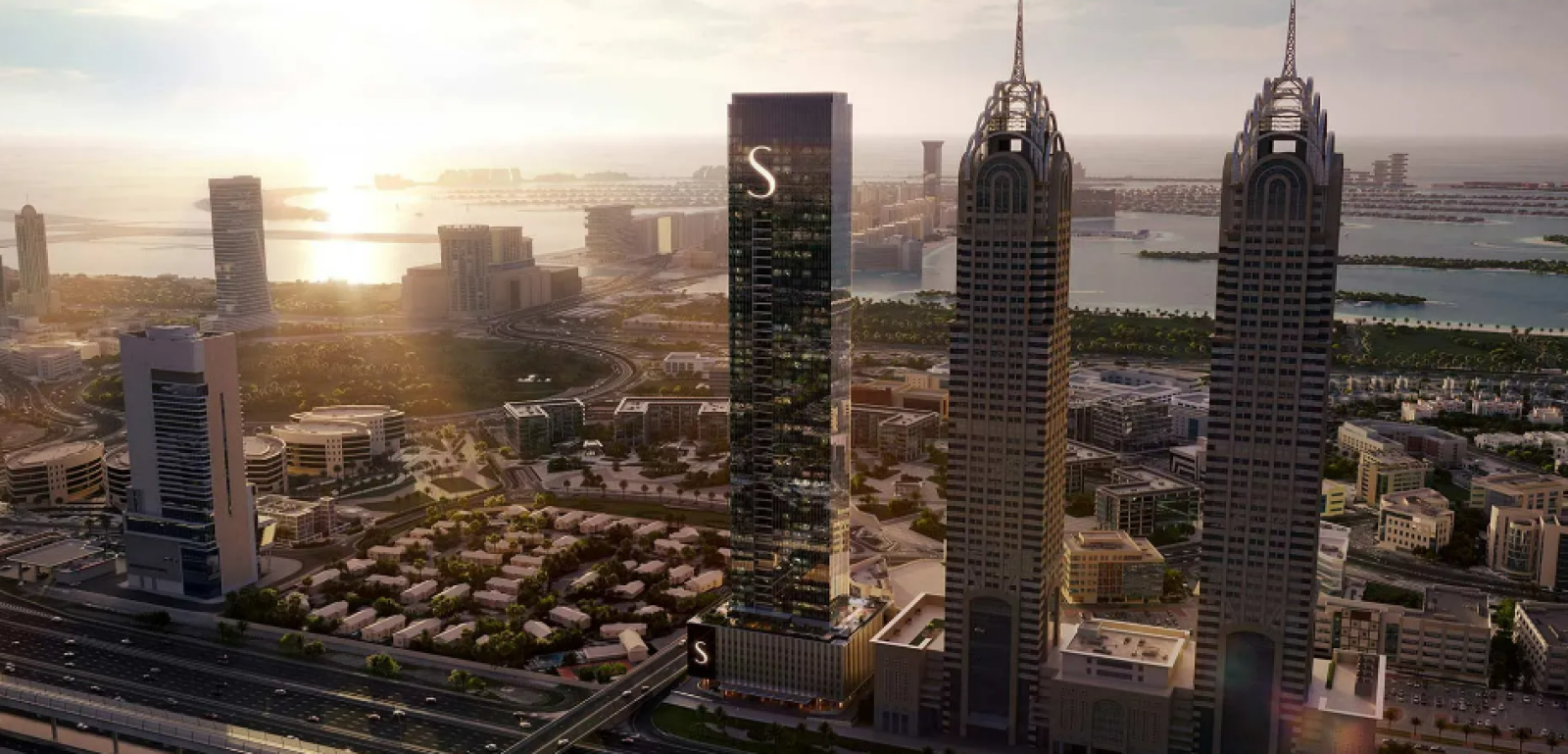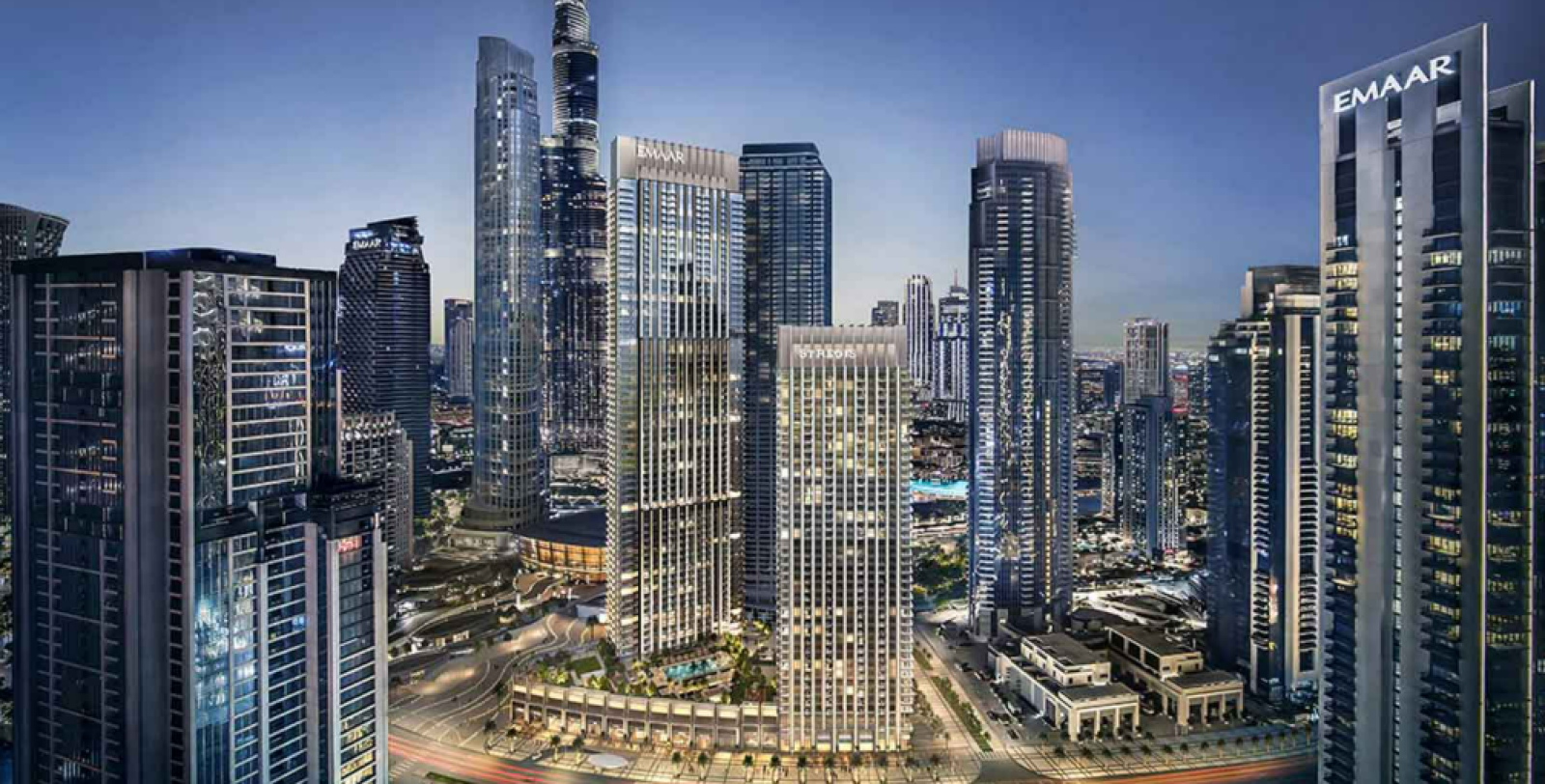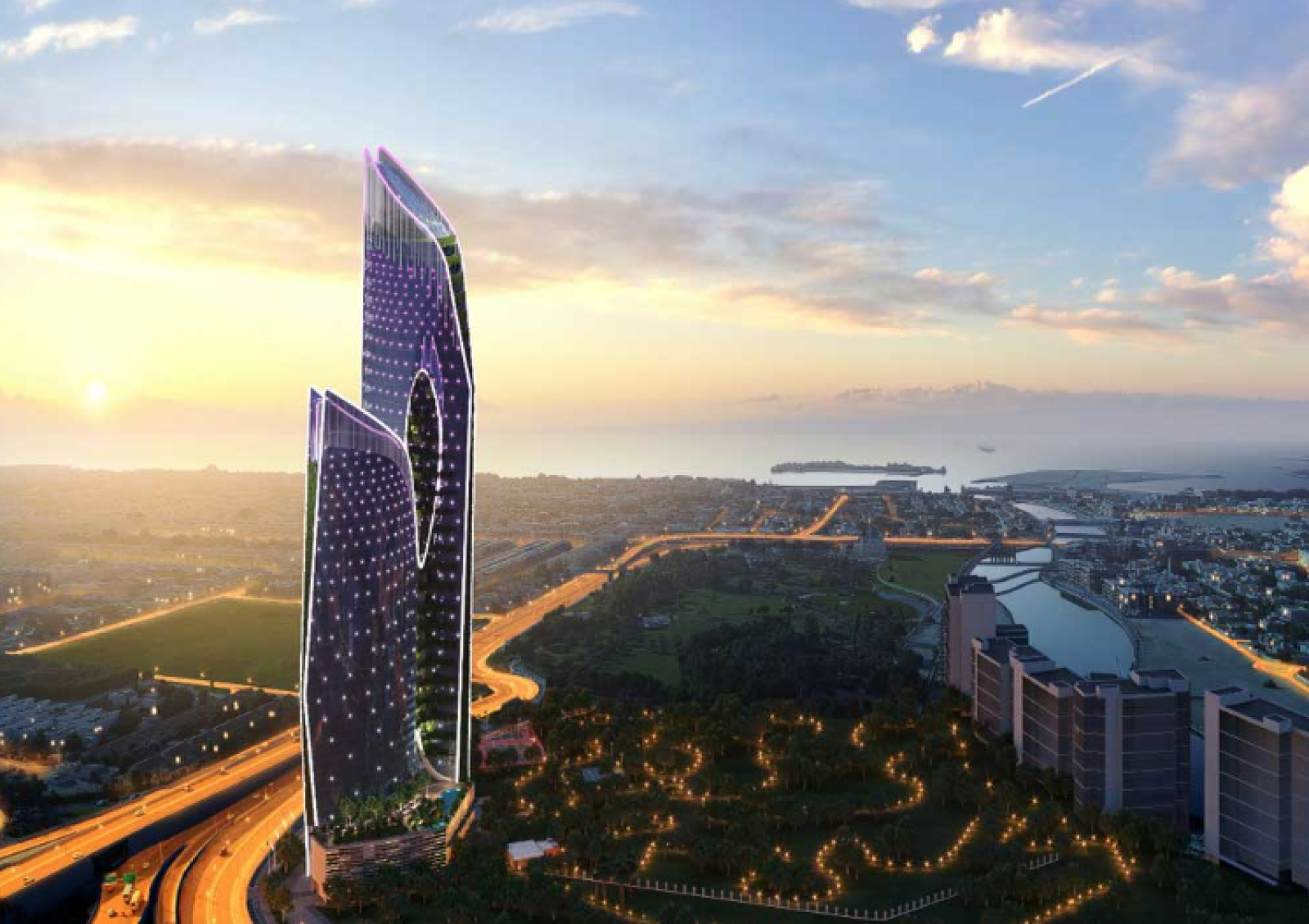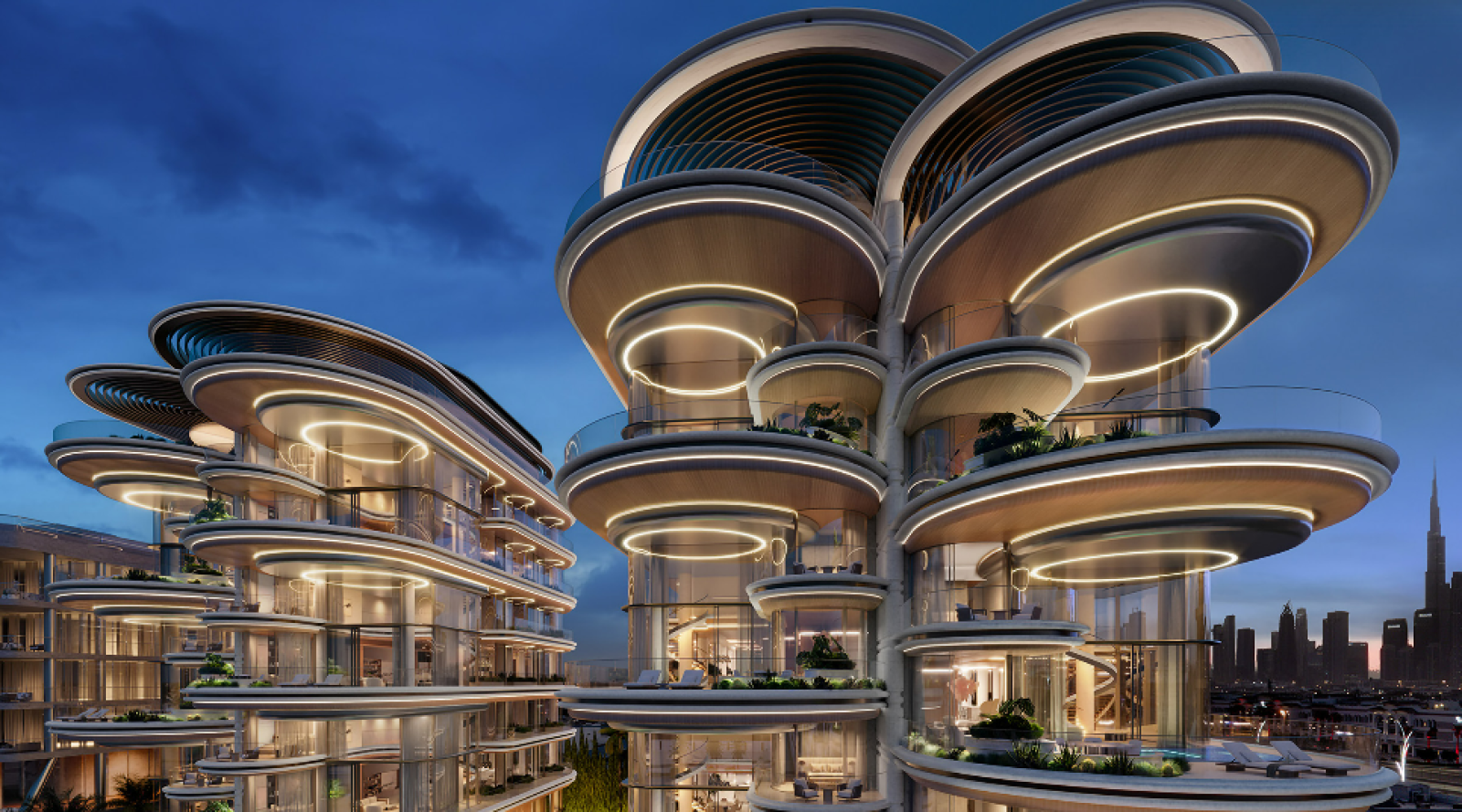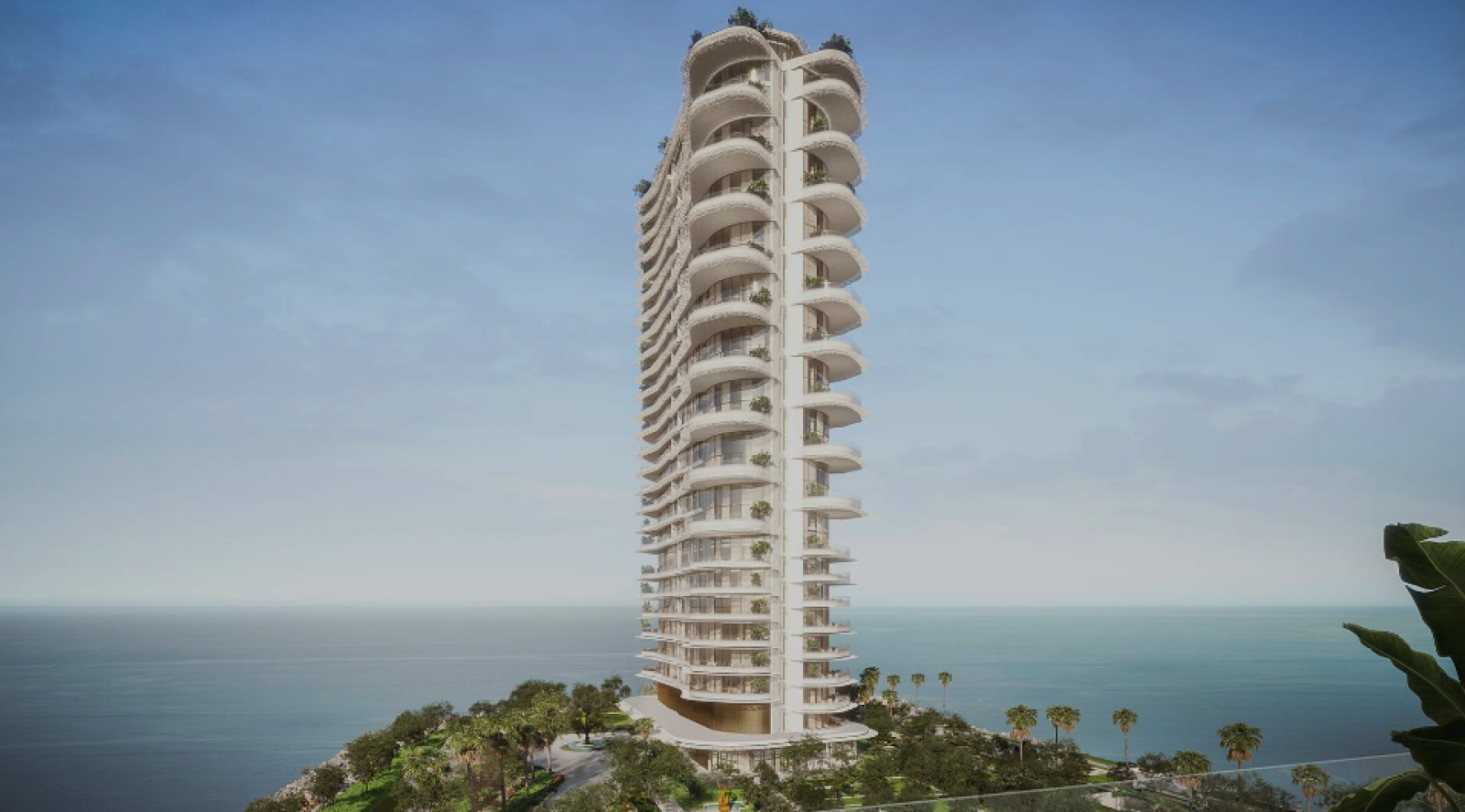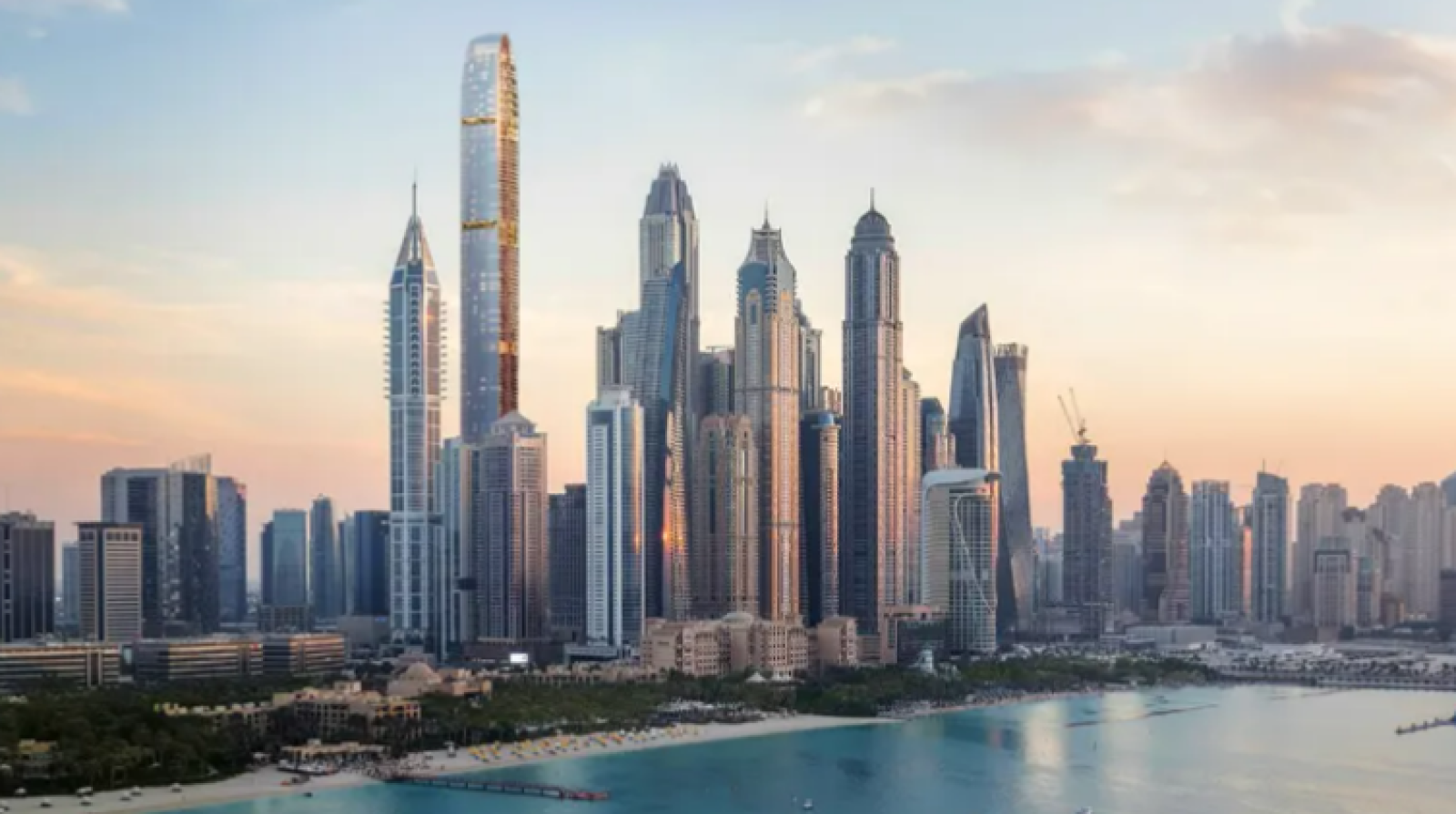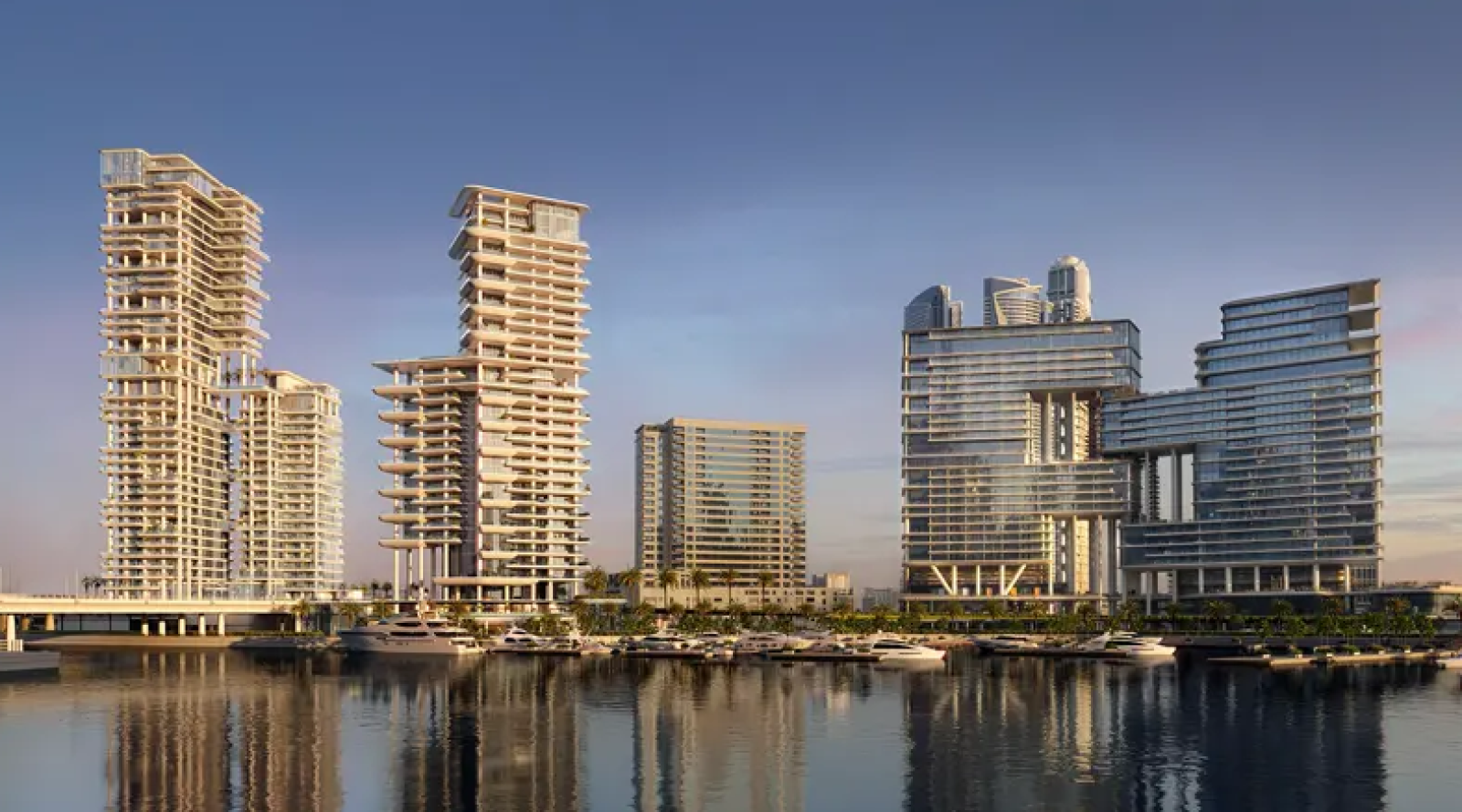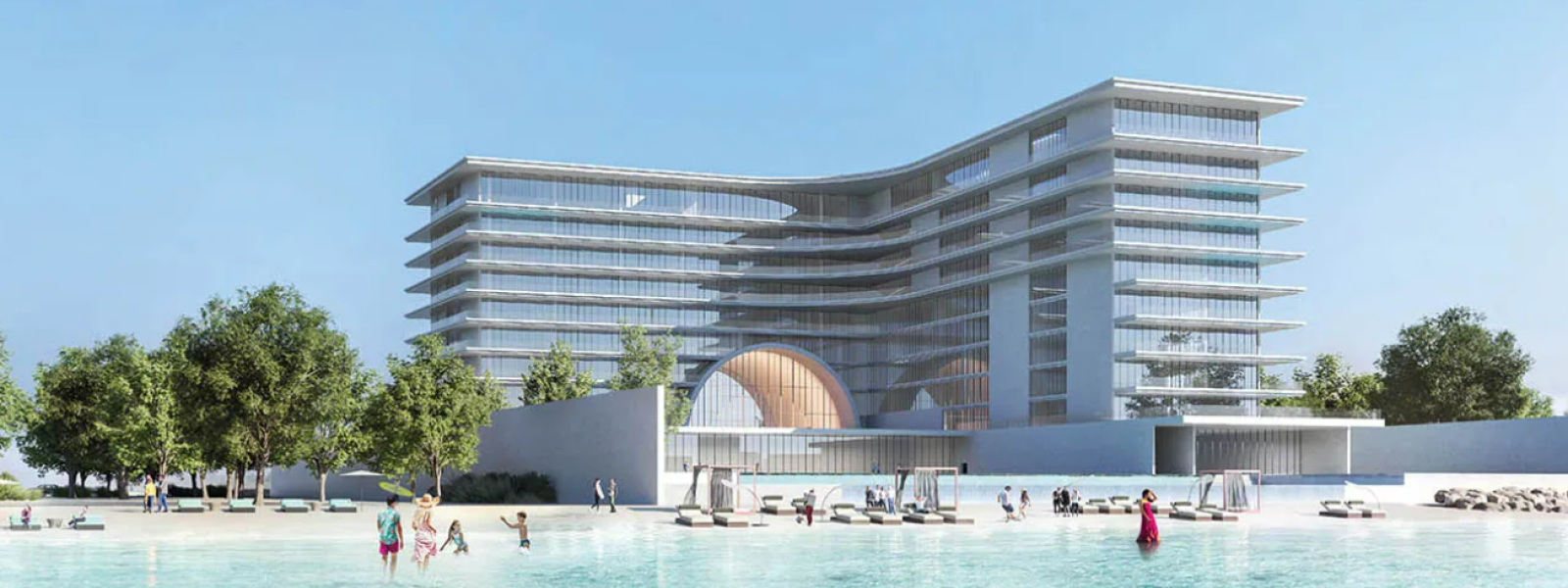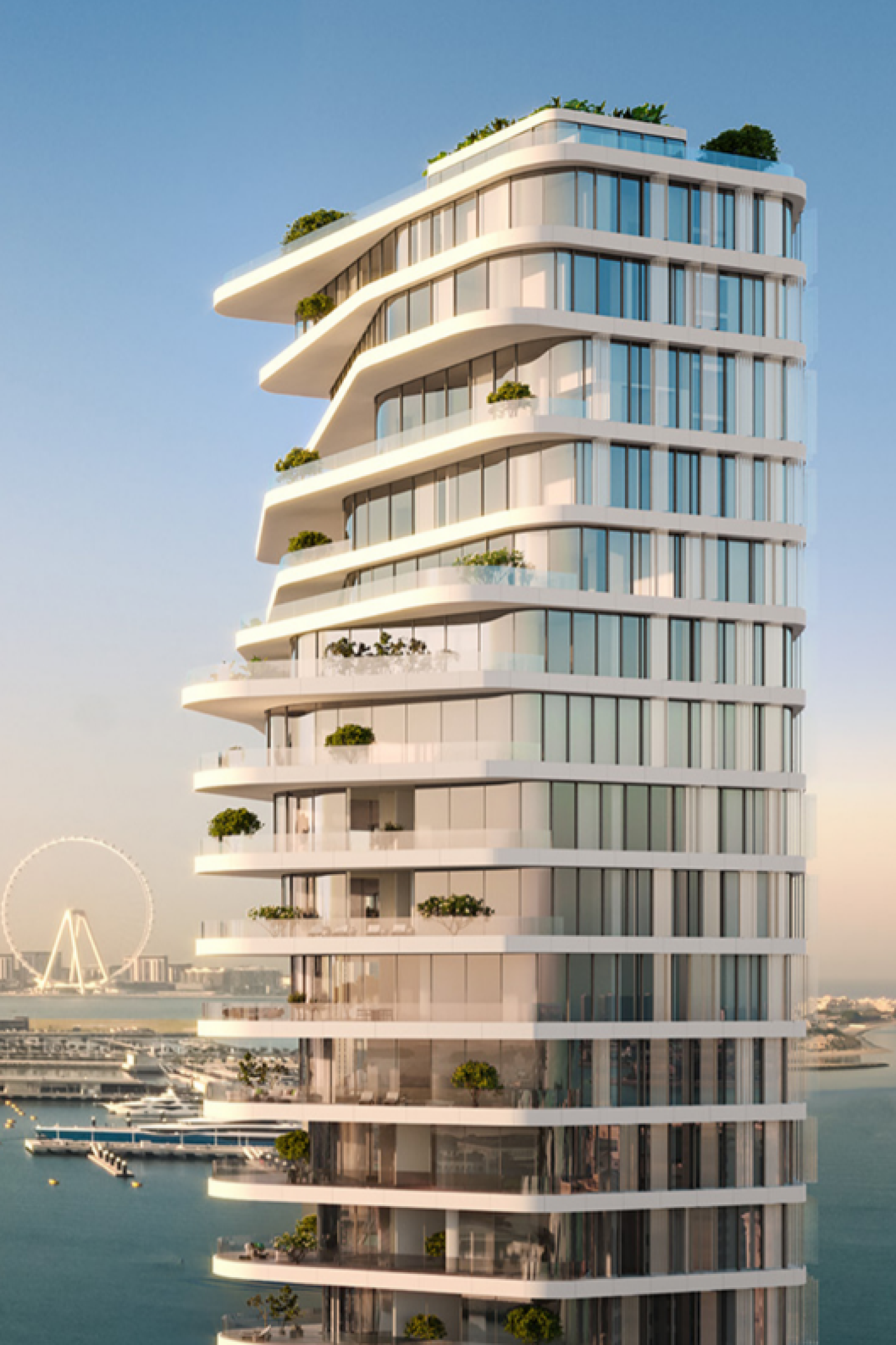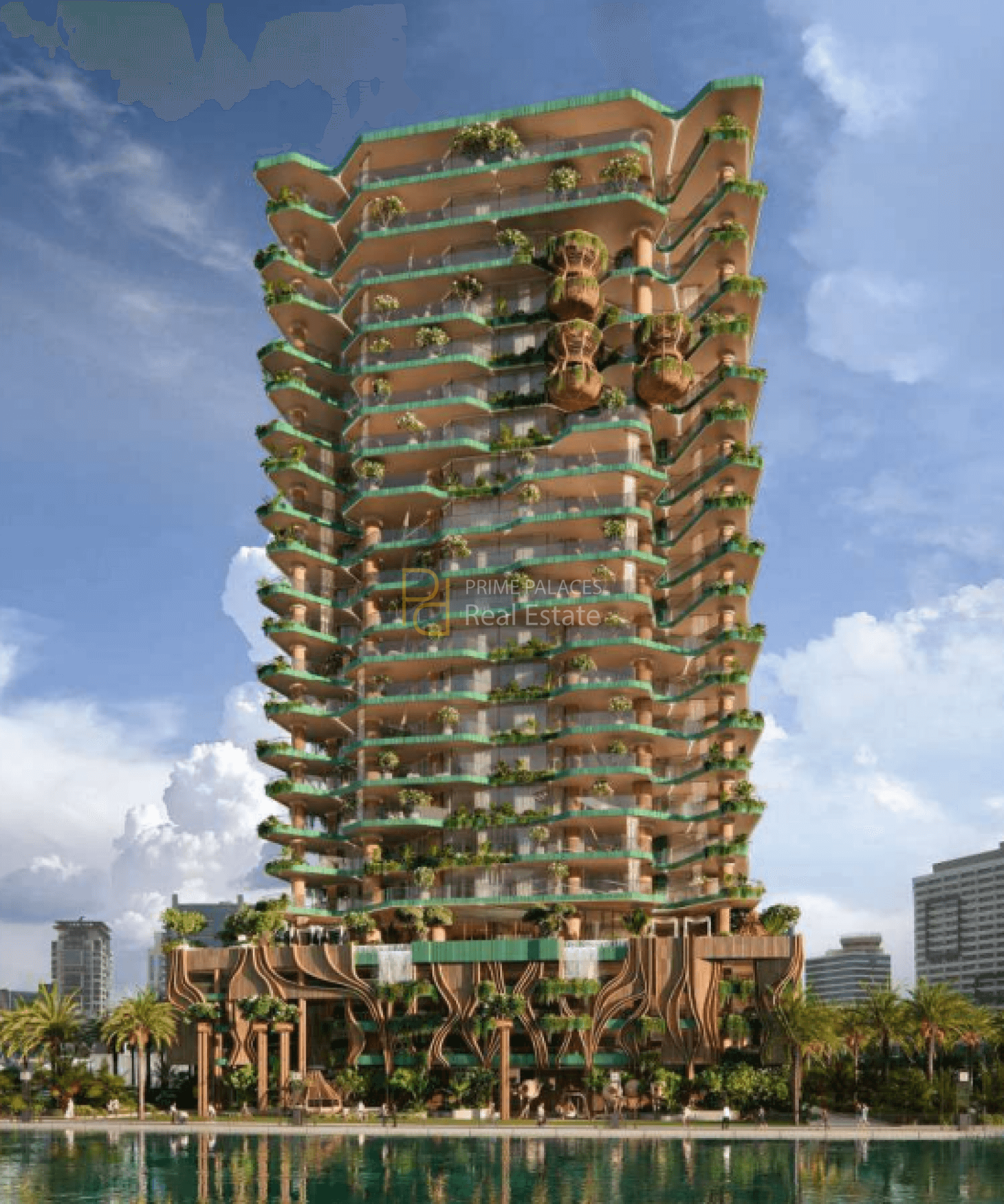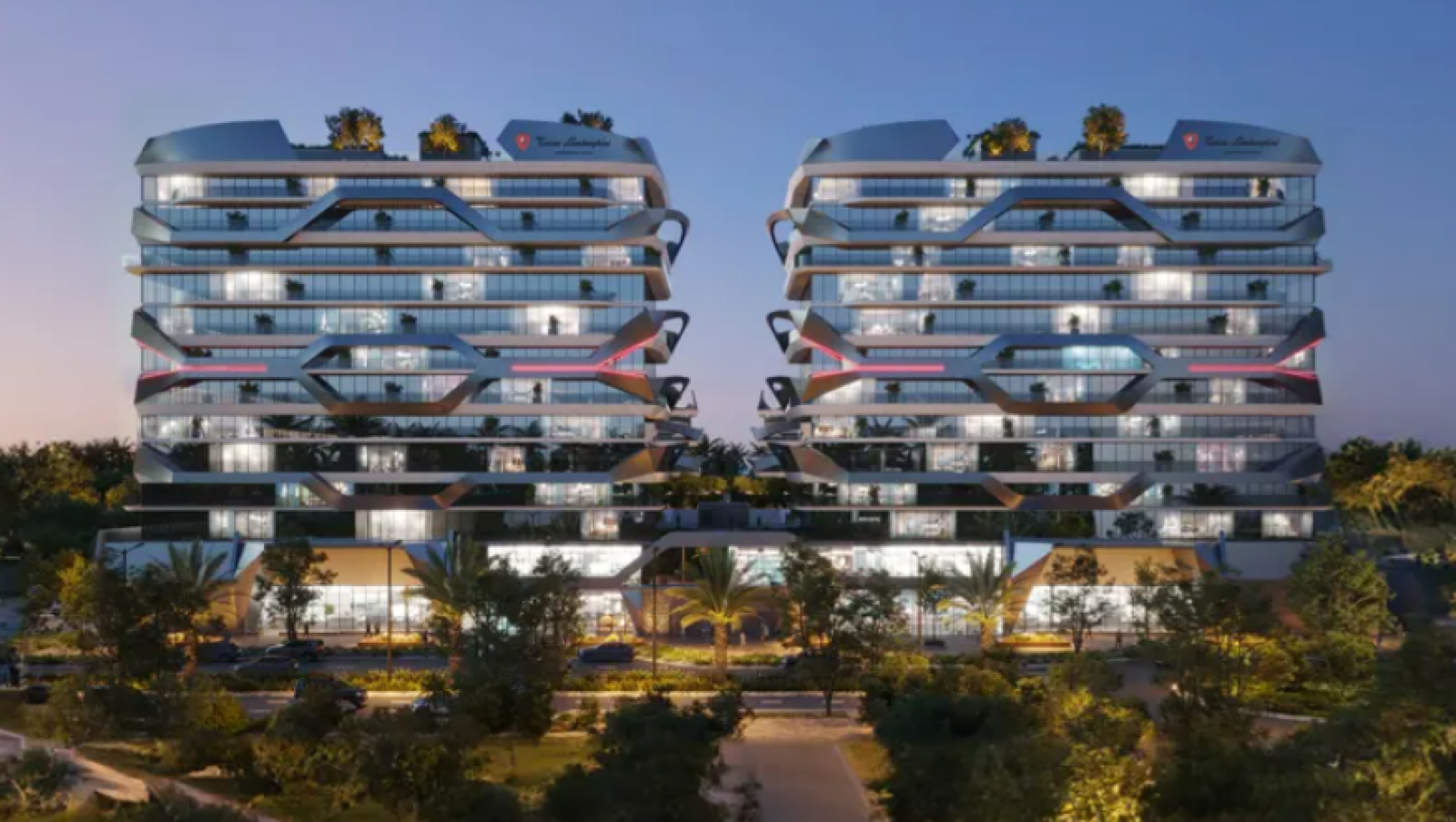What Is Rental Yield and How Does It Work in Dubai?
For real estate investors, understanding rental yield is crucial when evaluating whether a property will generate strong returns. It not only measures profitability but also allows investors to compare opportunities across different locations and asset types. In the Dubai property market, rental yields remain among the highest in the world, making the emirate an attractive choice for buy-to-let investors.
Here’s a complete guide to what rental yield is, how to calculate it, and how Dubai compares globally.
1. What Is Rental Yield?
Rental yield is the annual income a property generates through rent, expressed as a percentage of its total value. It serves as a benchmark for assessing a property’s income-generating potential, especially when comparing different investment options.
High rental yields indicate better income relative to the property's value, while low yields may signal overpricing or low rental demand.
2. How Is Rental Yield Calculated?
There are two types of rental yield:
-
Gross Rental Yield
Formula:
(Annual Rent / Property Value) × 100
This calculation does not account for costs such as maintenance, service charges, or property management. -
Net Rental Yield
Formula:
[(Annual Rent – Annual Expenses) / Property Value] × 100
This gives a more accurate picture of real returns after deducting operational costs.
Example:
If a property costs AED 1,000,000 and generates AED 80,000 in annual rent, the gross rental yield is:
(80,000 / 1,000,000) × 100 = 8%
If expenses total AED 15,000 per year, the net rental yield becomes:
[(80,000 – 15,000) / 1,000,000] × 100 = 6.5%
3. What Are Typical Rental Yields in Dubai?
Rental yields in Dubai are among the highest globally, often ranging between 6% to 9%, depending on the location, property type, and condition.
-
Dubai Marina / JLT: 6%–7% (high occupancy, lifestyle-driven demand)
-
JVC / Arjan / Dubai South: 7%–9% (affordable entry points, strong tenant base)
-
Business Bay: 6%–7% (central location, high-end finishings)
-
Downtown Dubai: 5%–6% (luxury, high capital value, lower yield)
-
Short-term rentals (Airbnb in prime areas): Up to 10%+ with effective management
Off-plan investors may experience lower yields during initial handover phases, but long-term capital appreciation often compensates for early-stage volatility.
4. What Affects Rental Yield in Dubai?
Several factors impact yield performance:
-
Location and accessibility
-
Tenant demand and demographics
-
Property condition and furnishing
-
Management efficiency
-
Service charges and maintenance fees
Properties near metro lines, business hubs, and schools tend to attract consistent demand, improving both occupancy and yield.
5. Comparing Dubai to Other Global Markets
Compared to cities like London (2%–4%), New York (2.5%–3.5%), or Singapore (2%–3%), Dubai rental yields are significantly higher. The absence of income tax on rental income further boosts net returns, attracting international investors seeking passive income and diversification.
6. How Investors Can Maximize Rental Yield
-
Choose high-demand neighborhoods with low vacancy rates
-
Opt for well-maintained or newly delivered units
-
Offer flexible lease options (e.g., short-term or multiple cheque payments)
-
Minimize service charges through efficient management
-
Consider furnishing properties to increase rental appeal
Working with experienced real estate brokers in Dubai helps identify units with optimal yield potential based on current market data.
Conclusion
Rental yield in Dubai is a vital metric for investors focused on income-generating properties. With its tax advantages, affordable entry points, and sustained tenant demand, Dubai remains one of the most attractive markets for strong, reliable rental returns in 2025.

